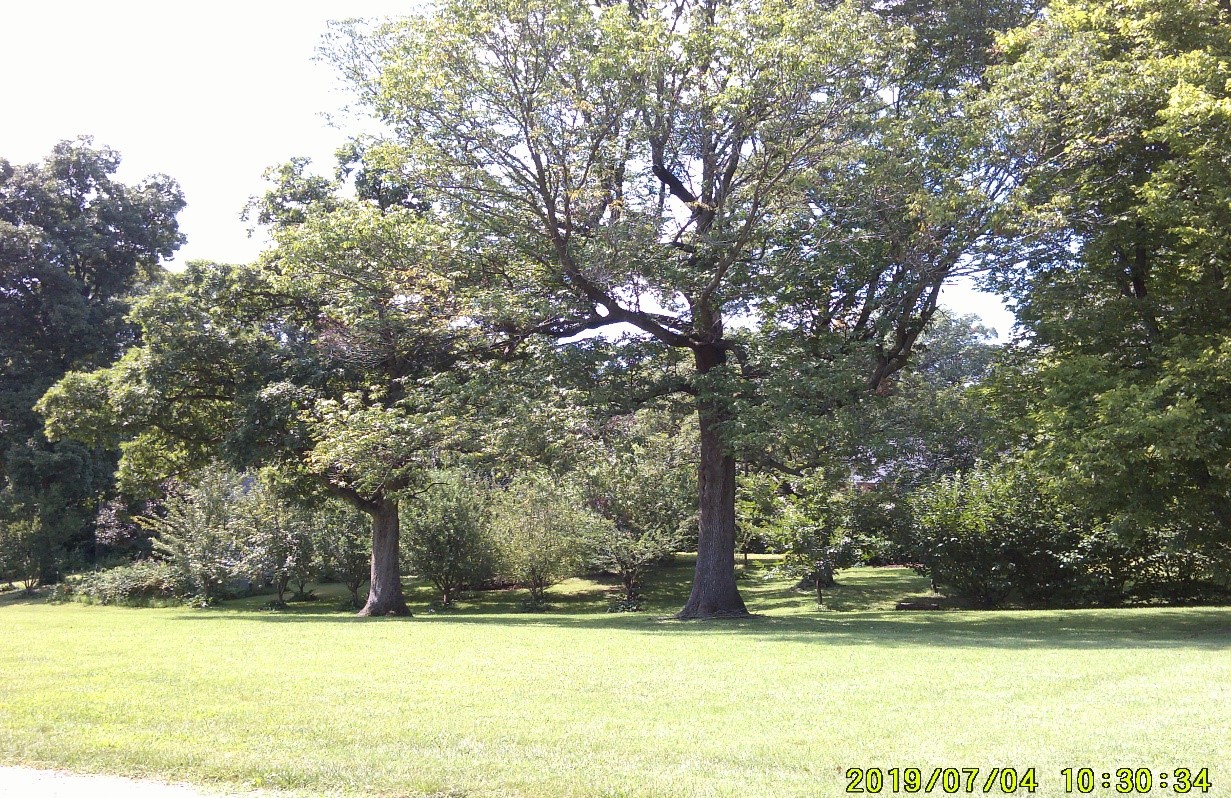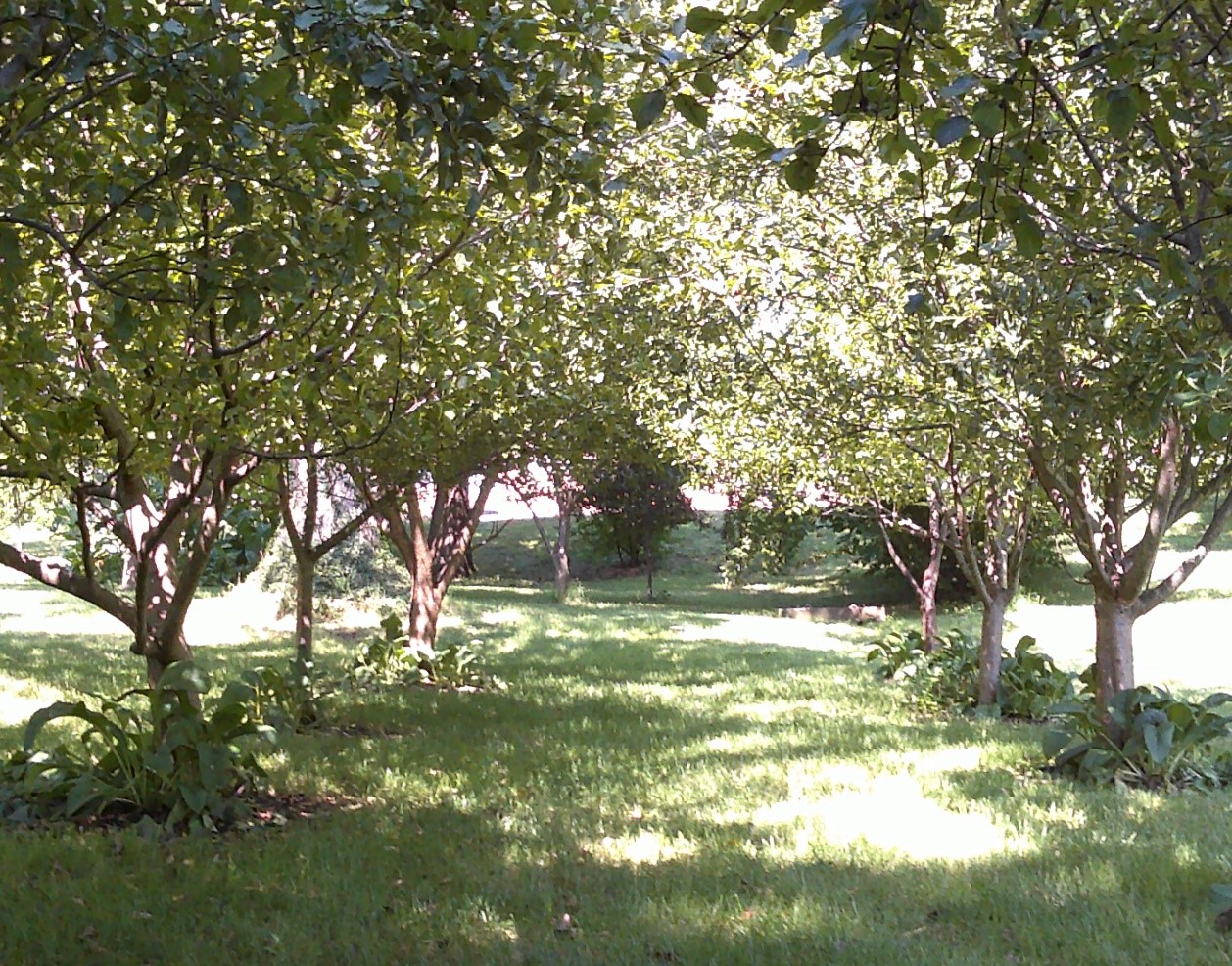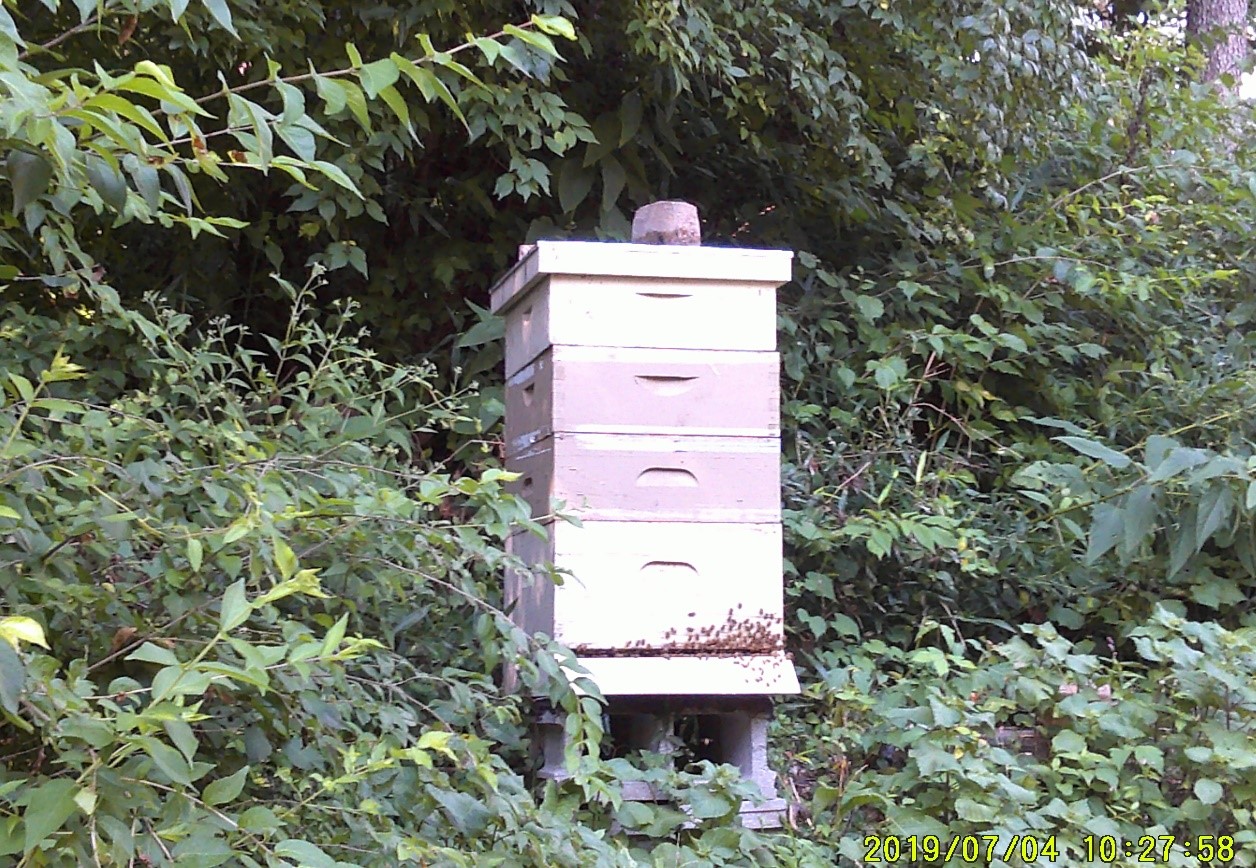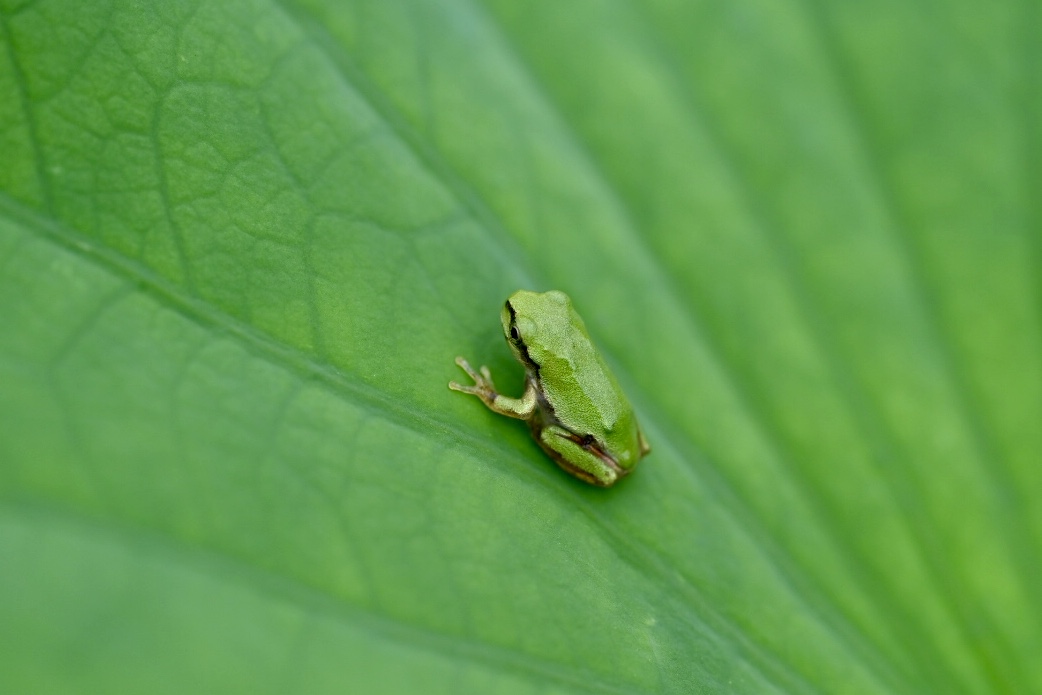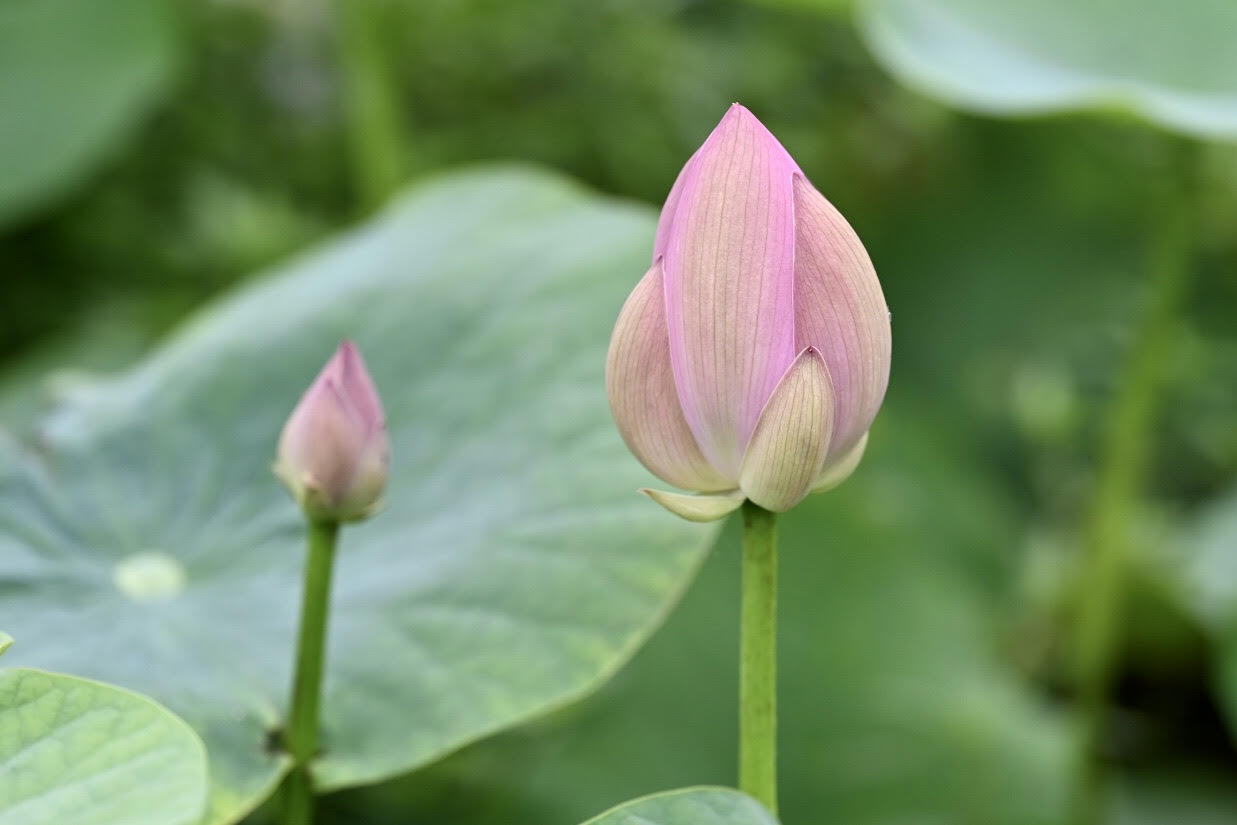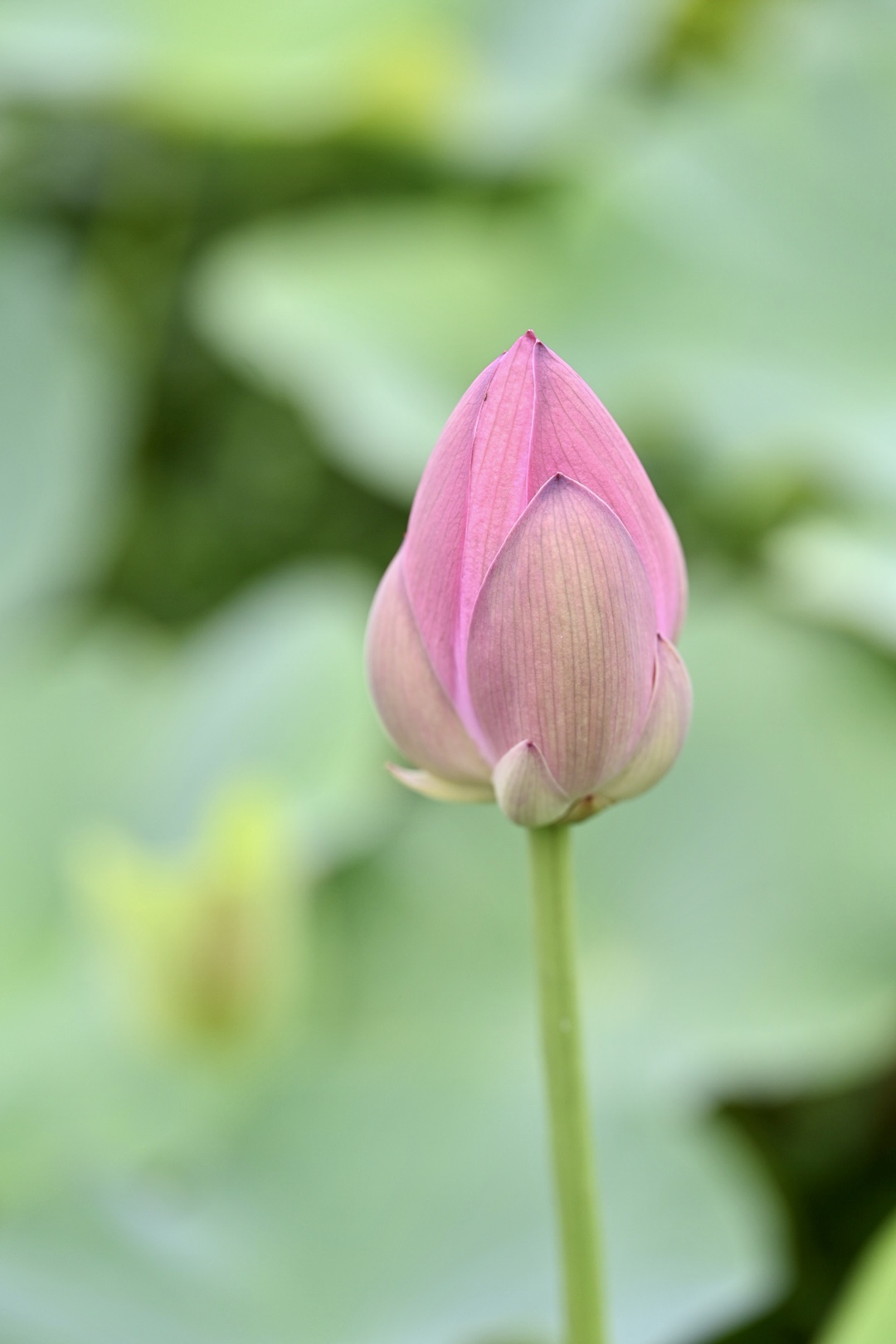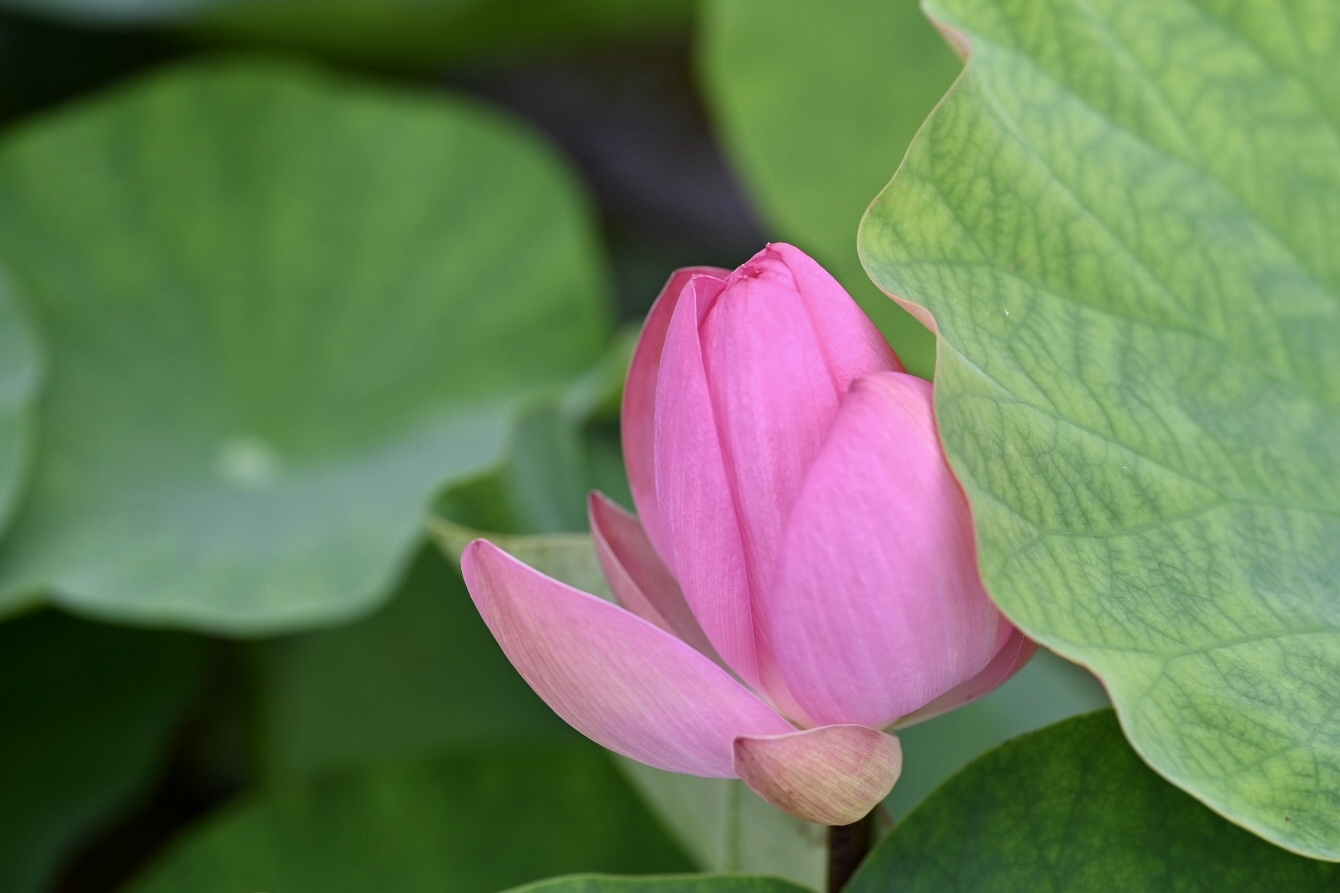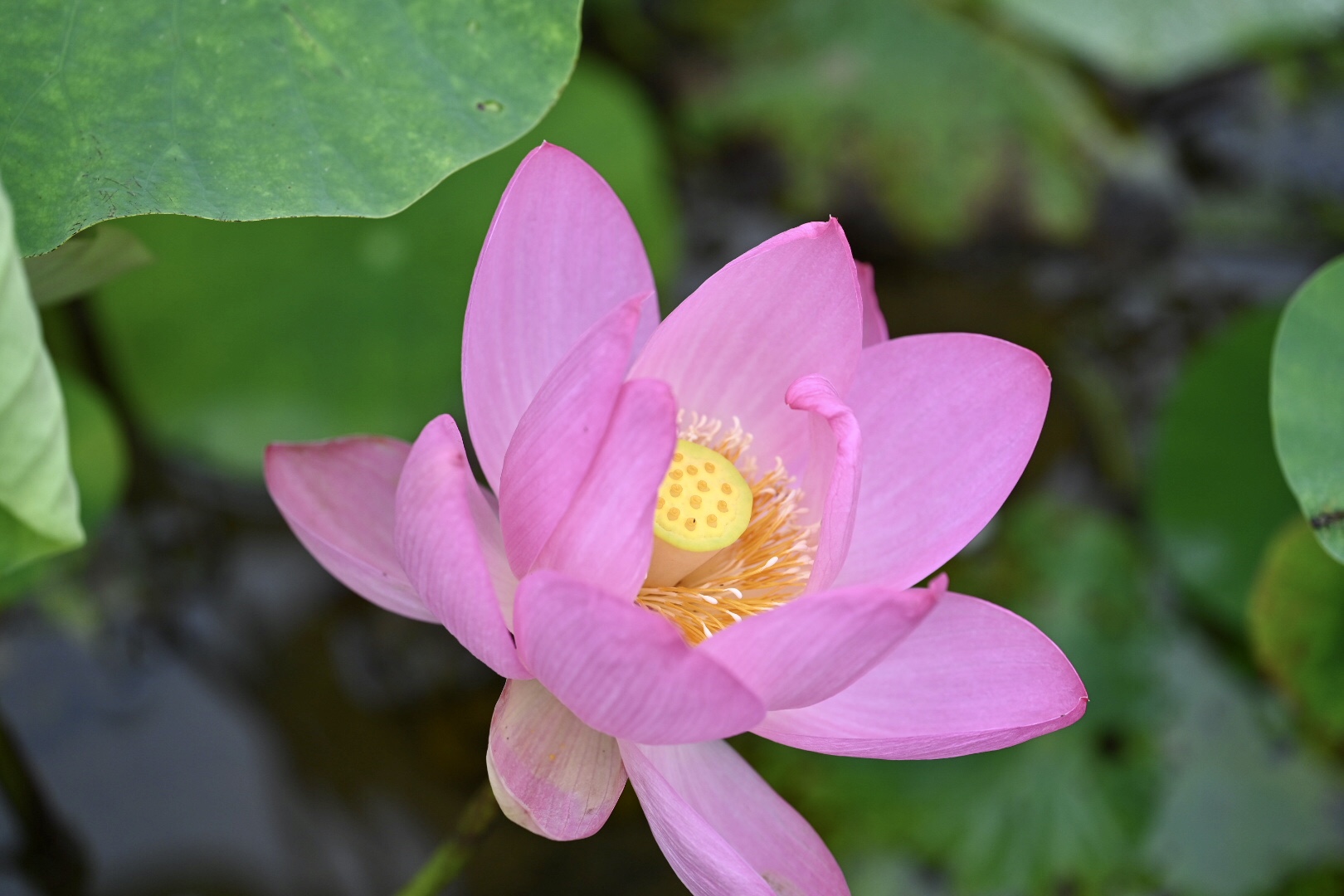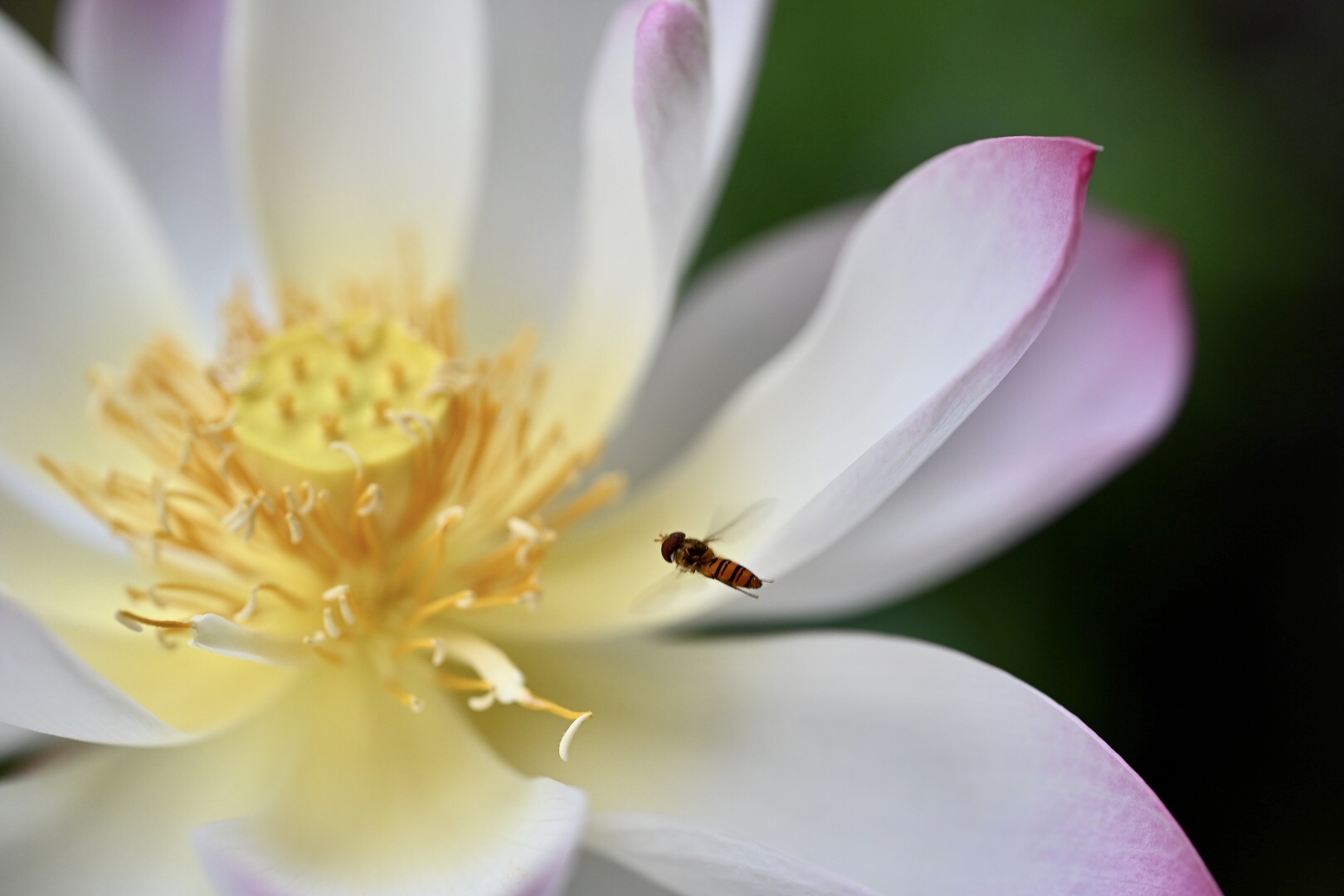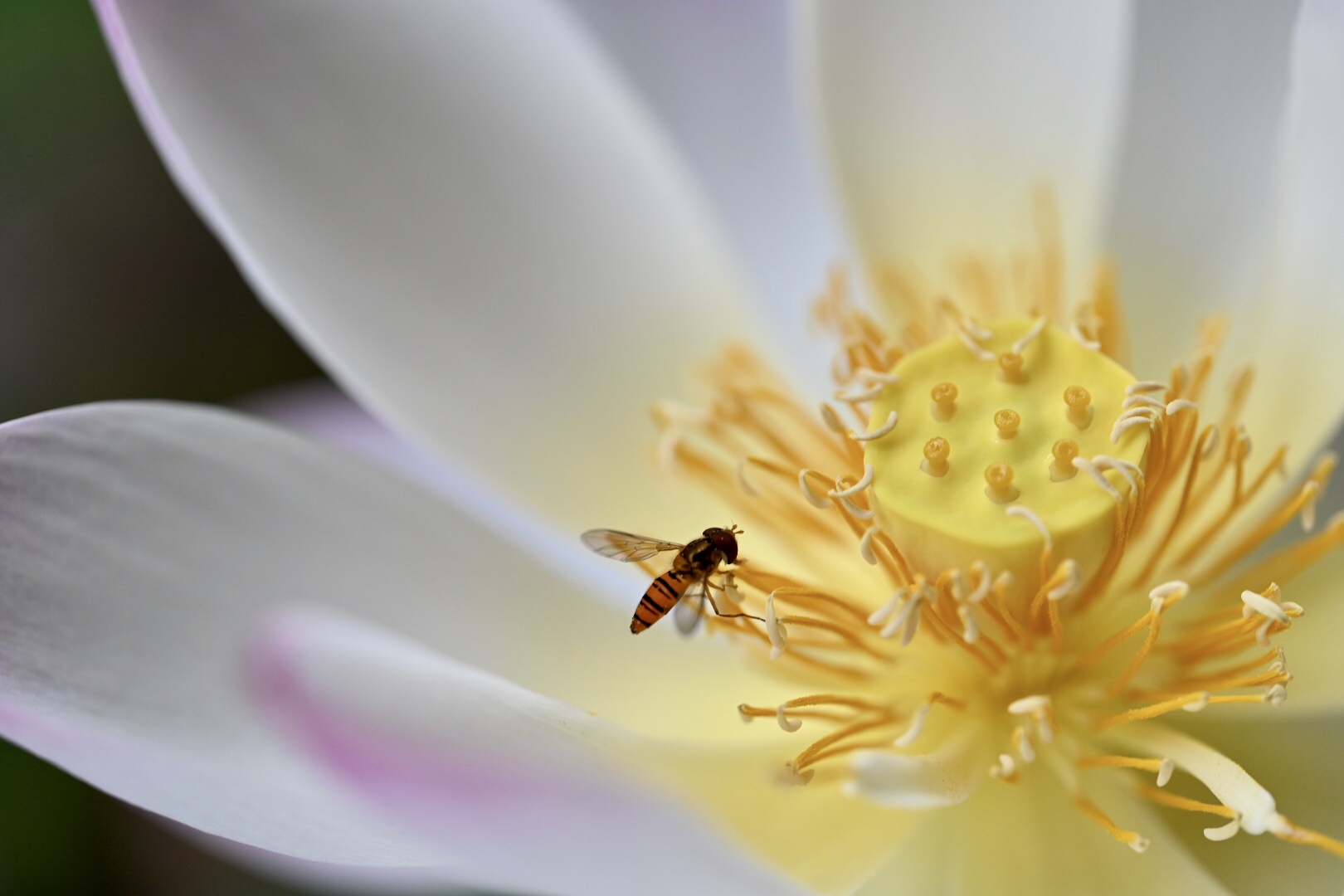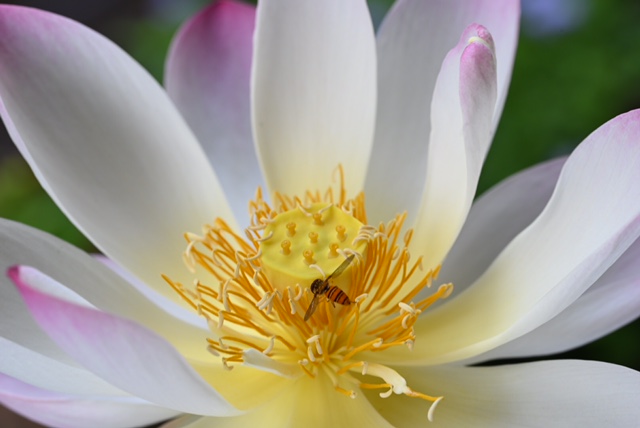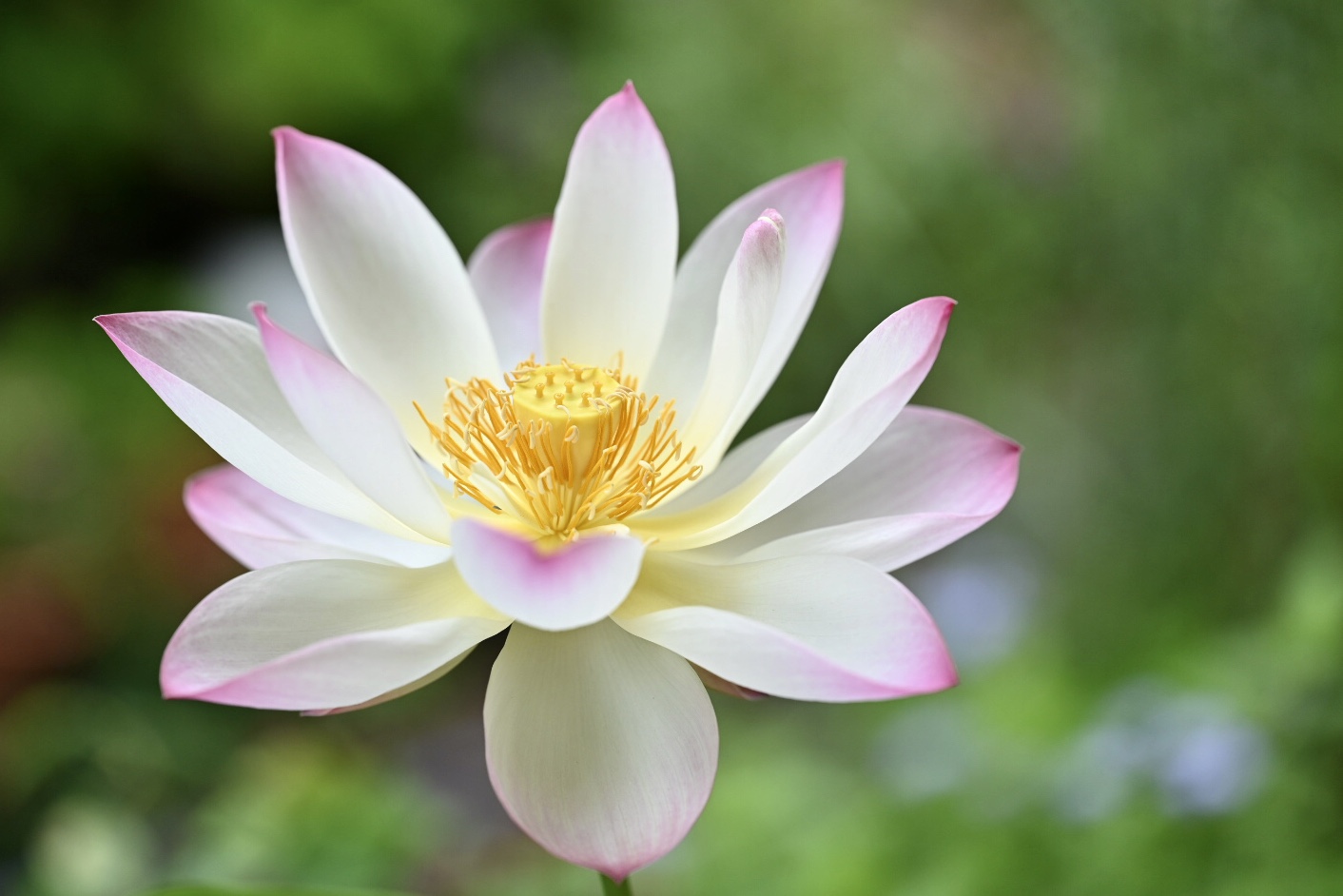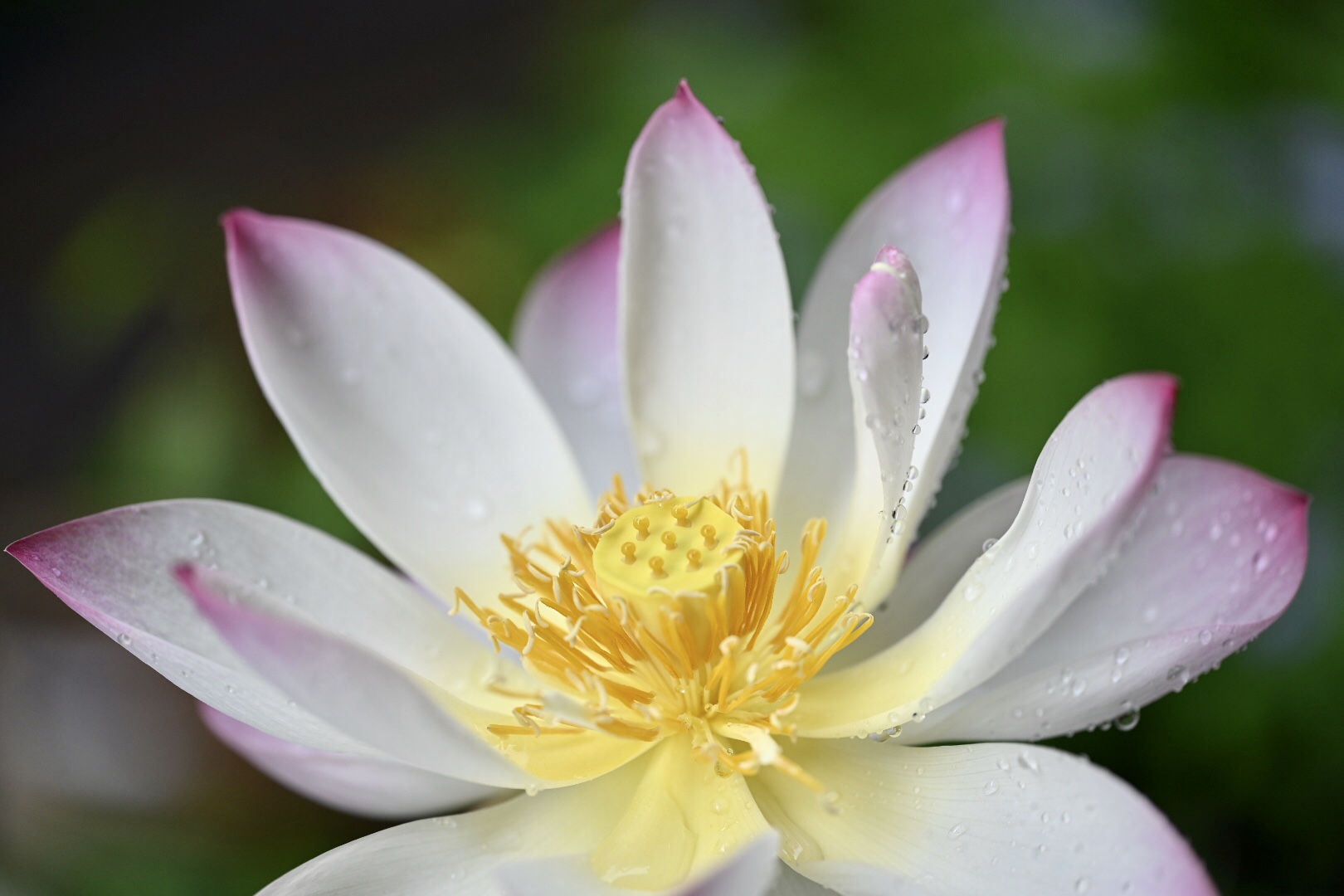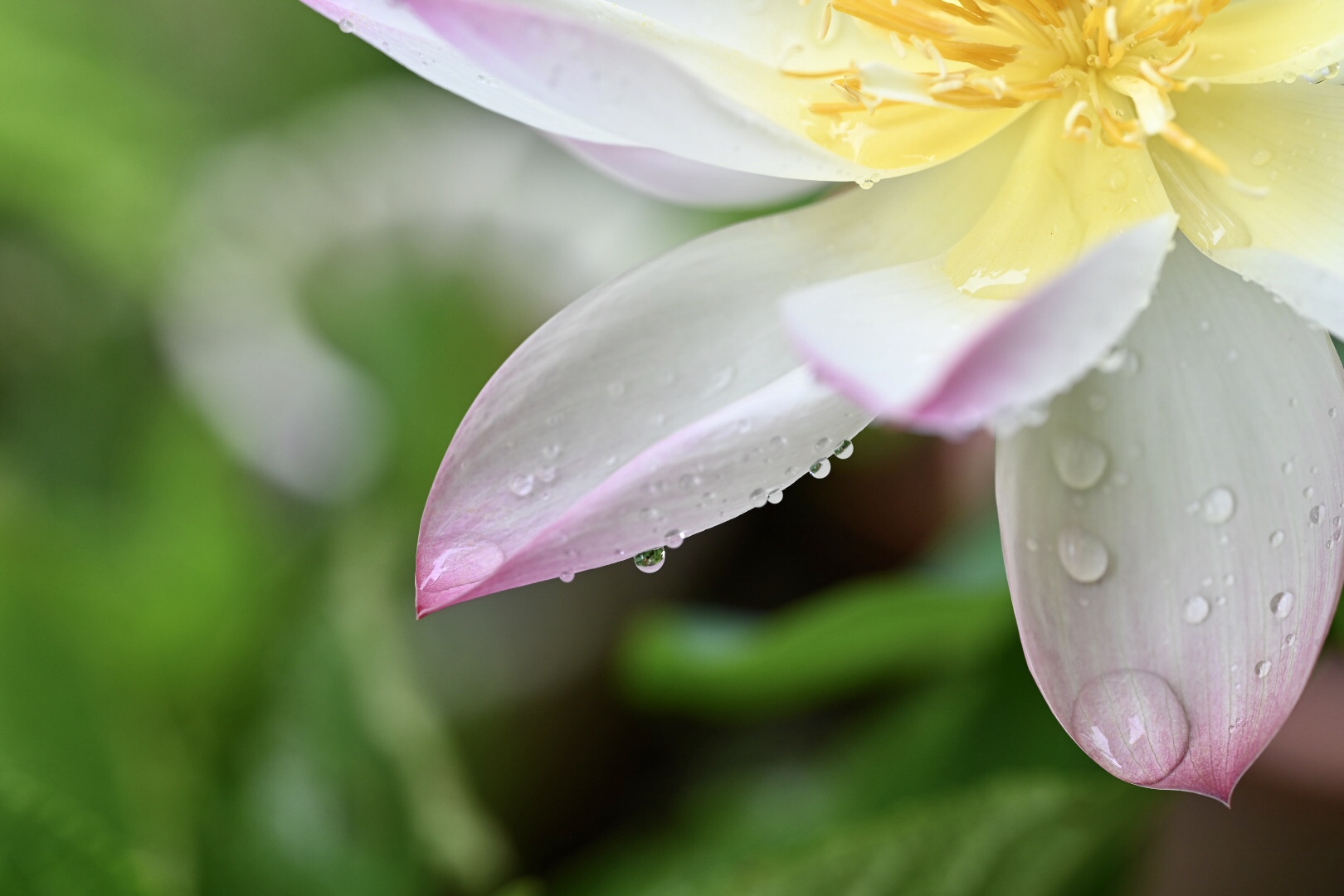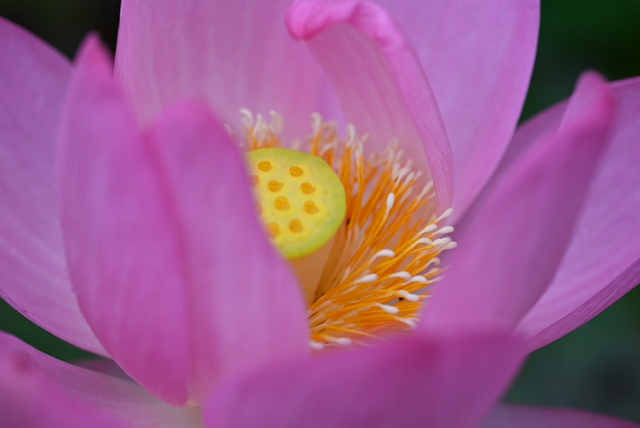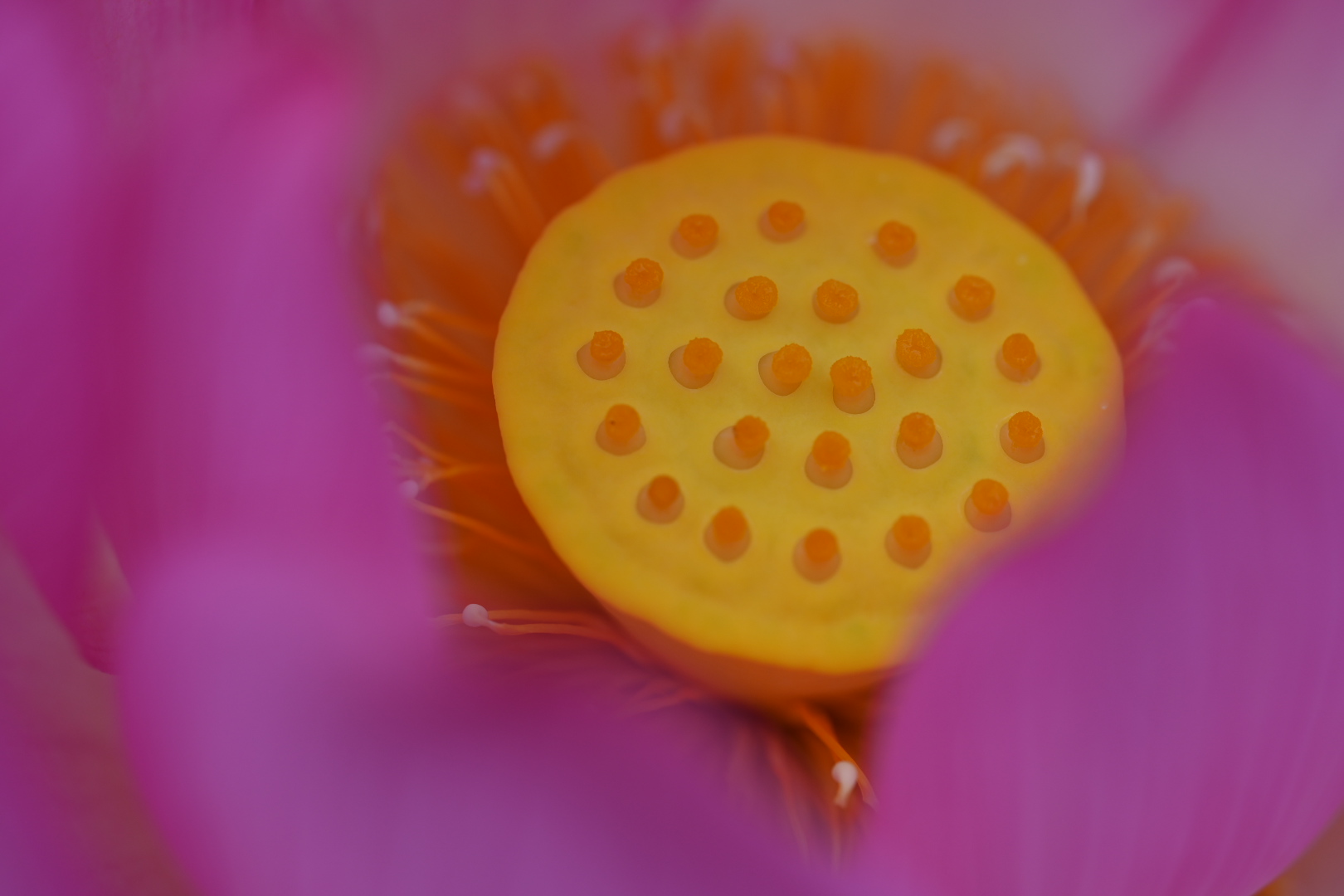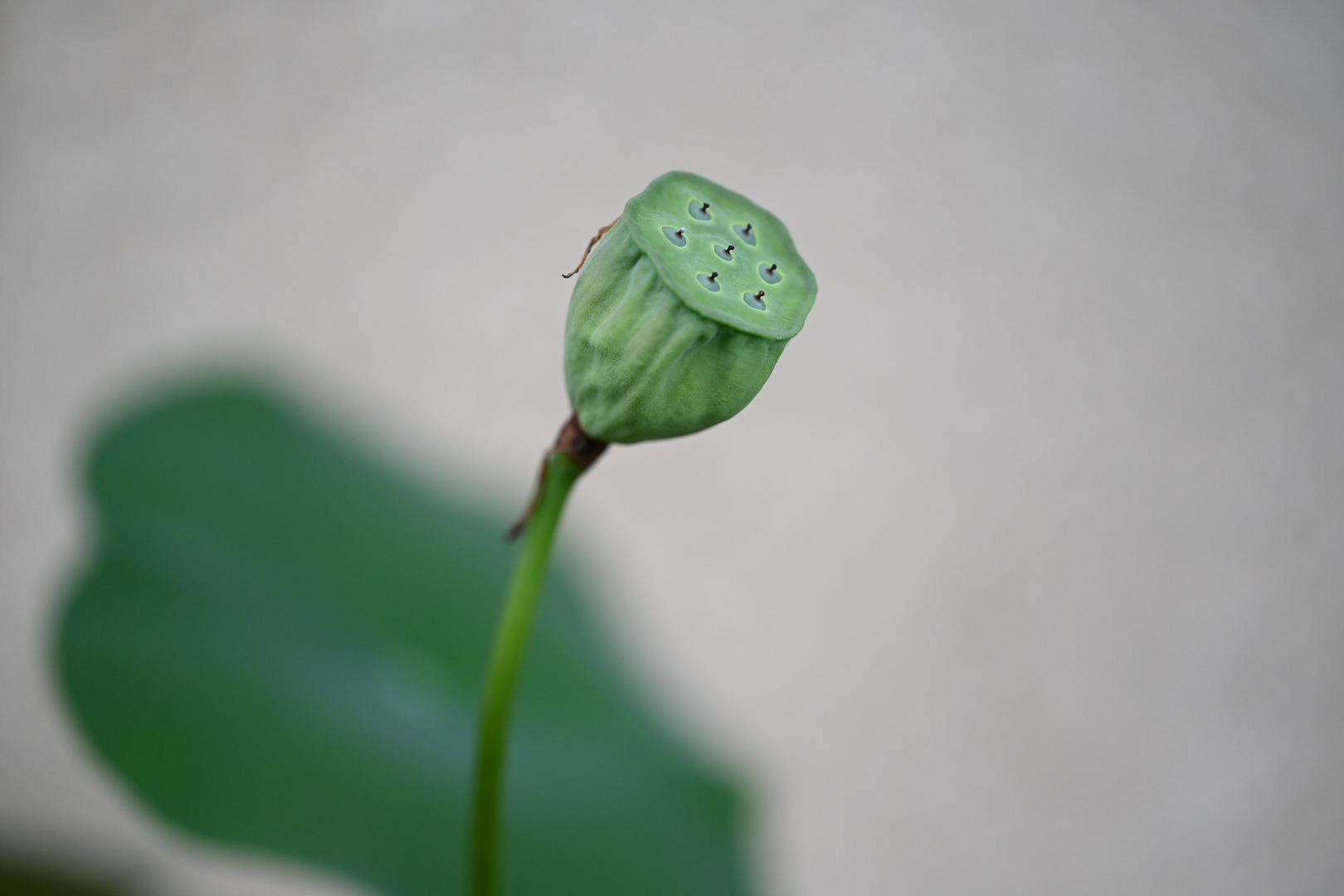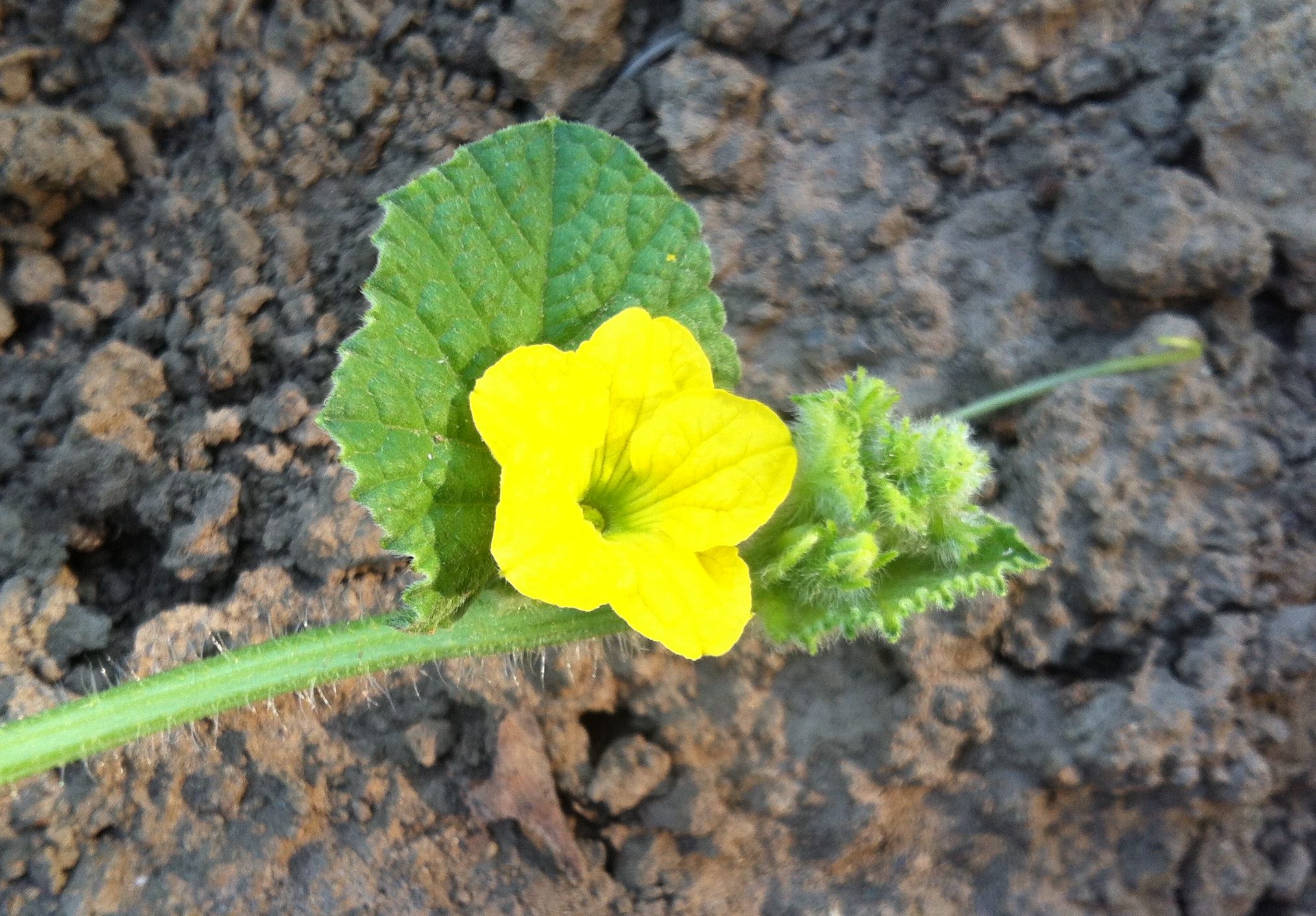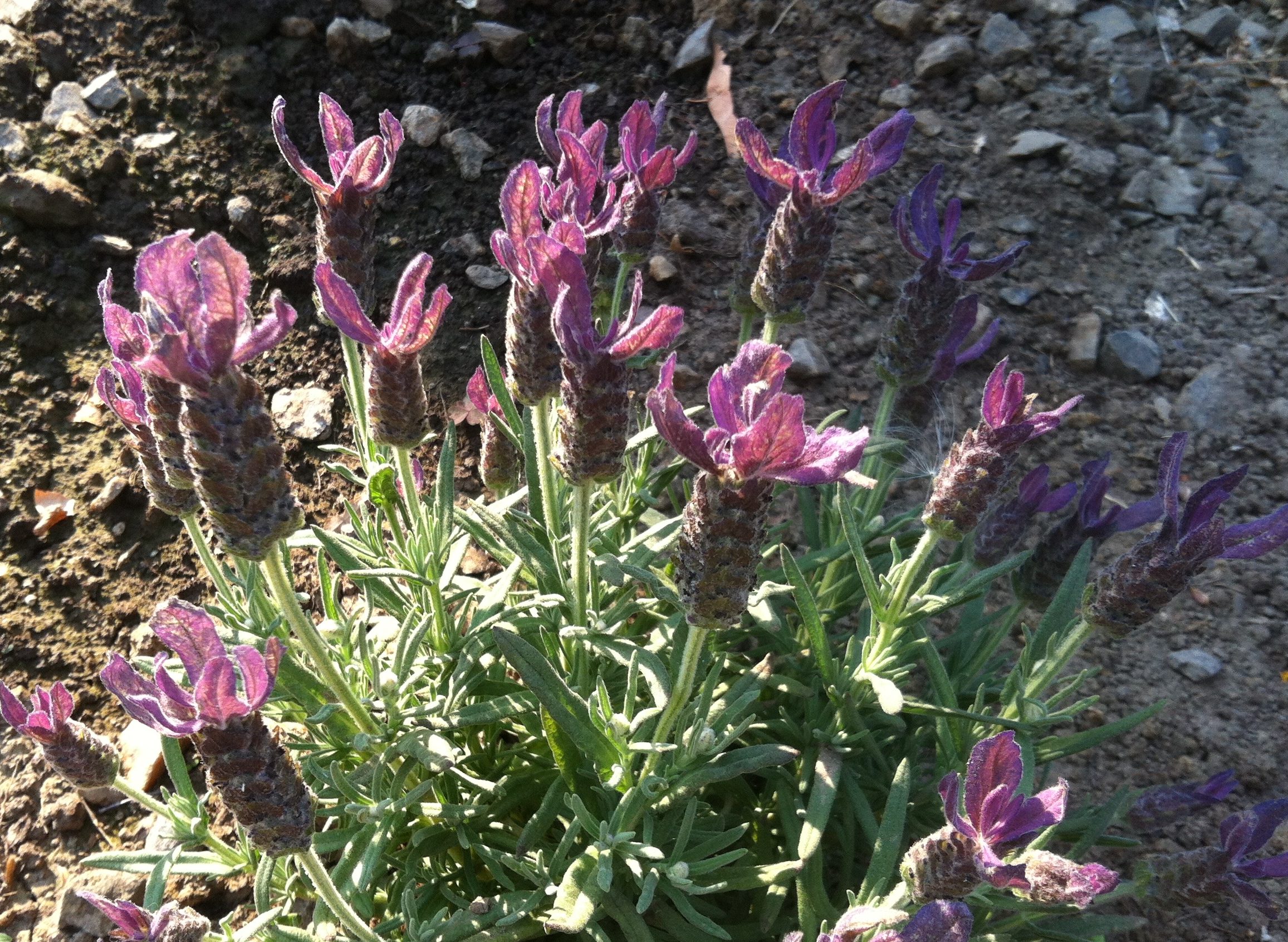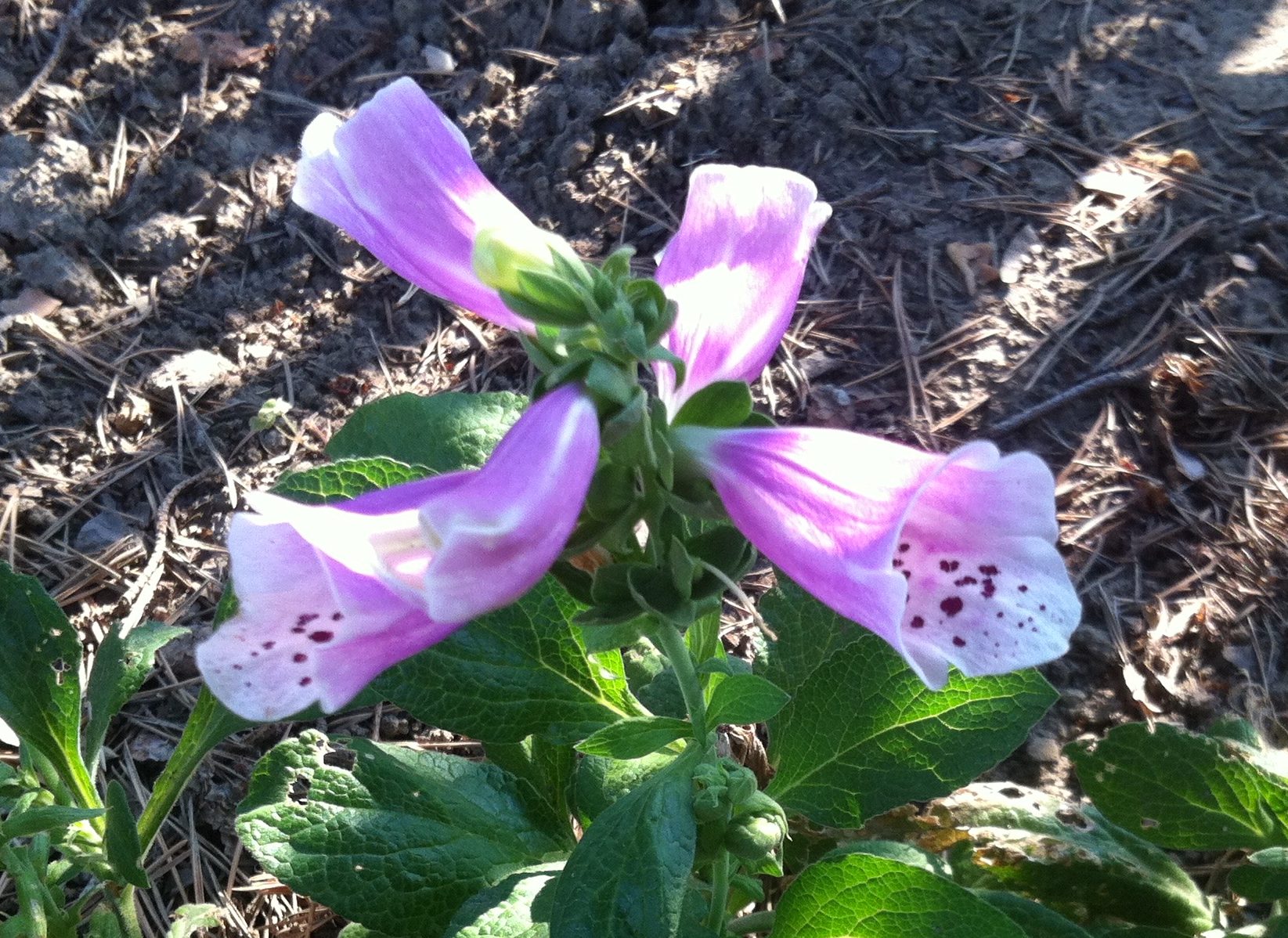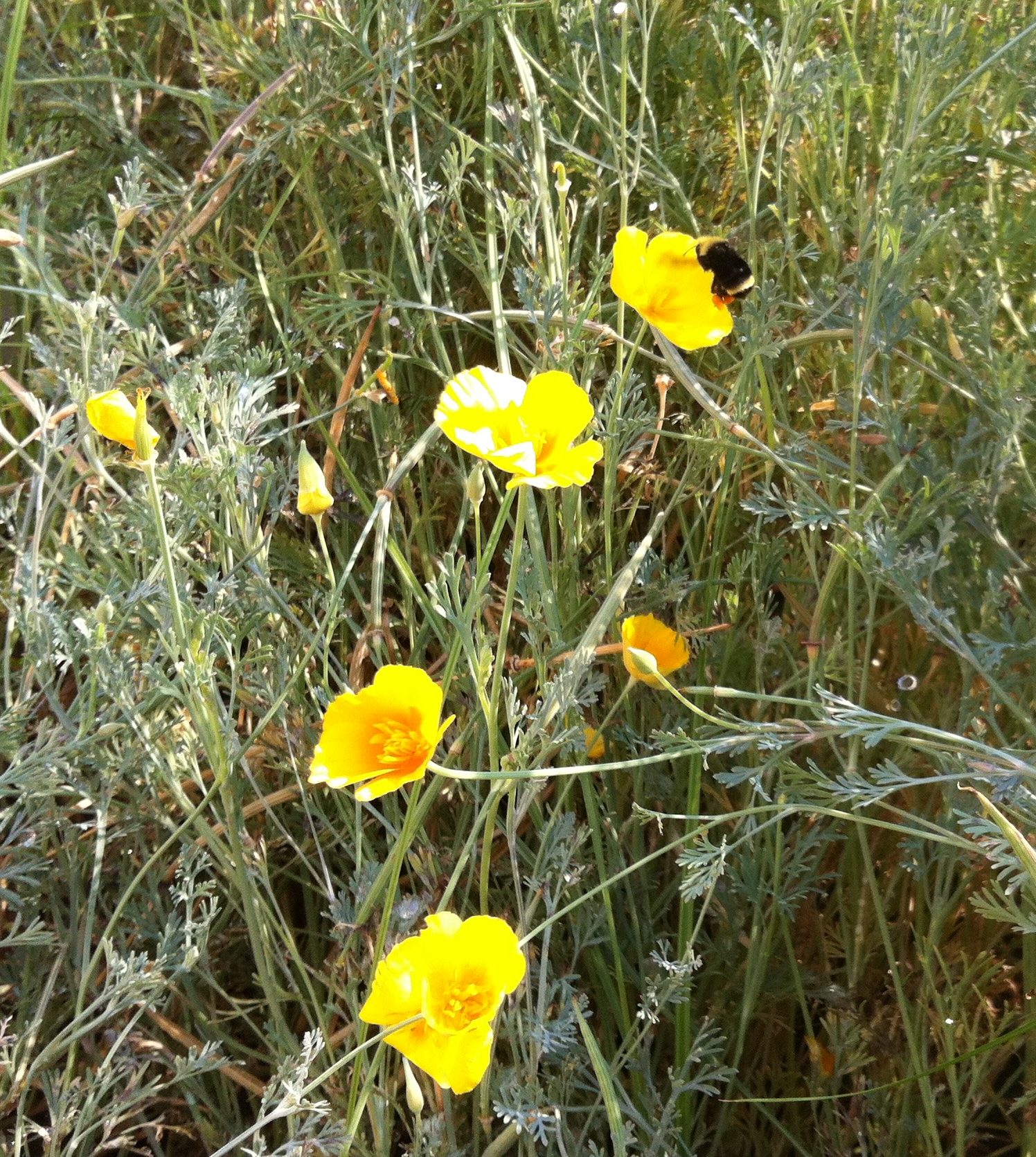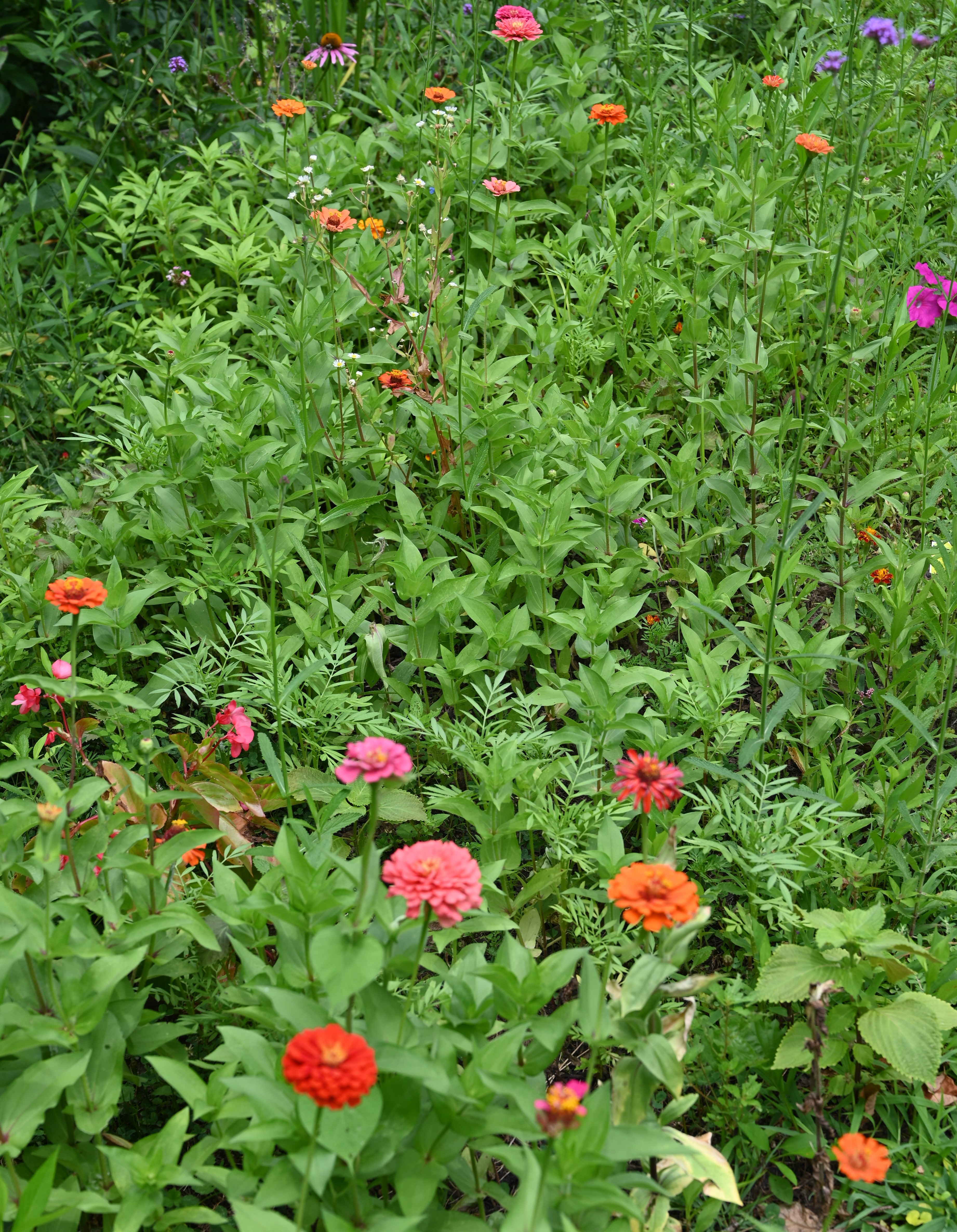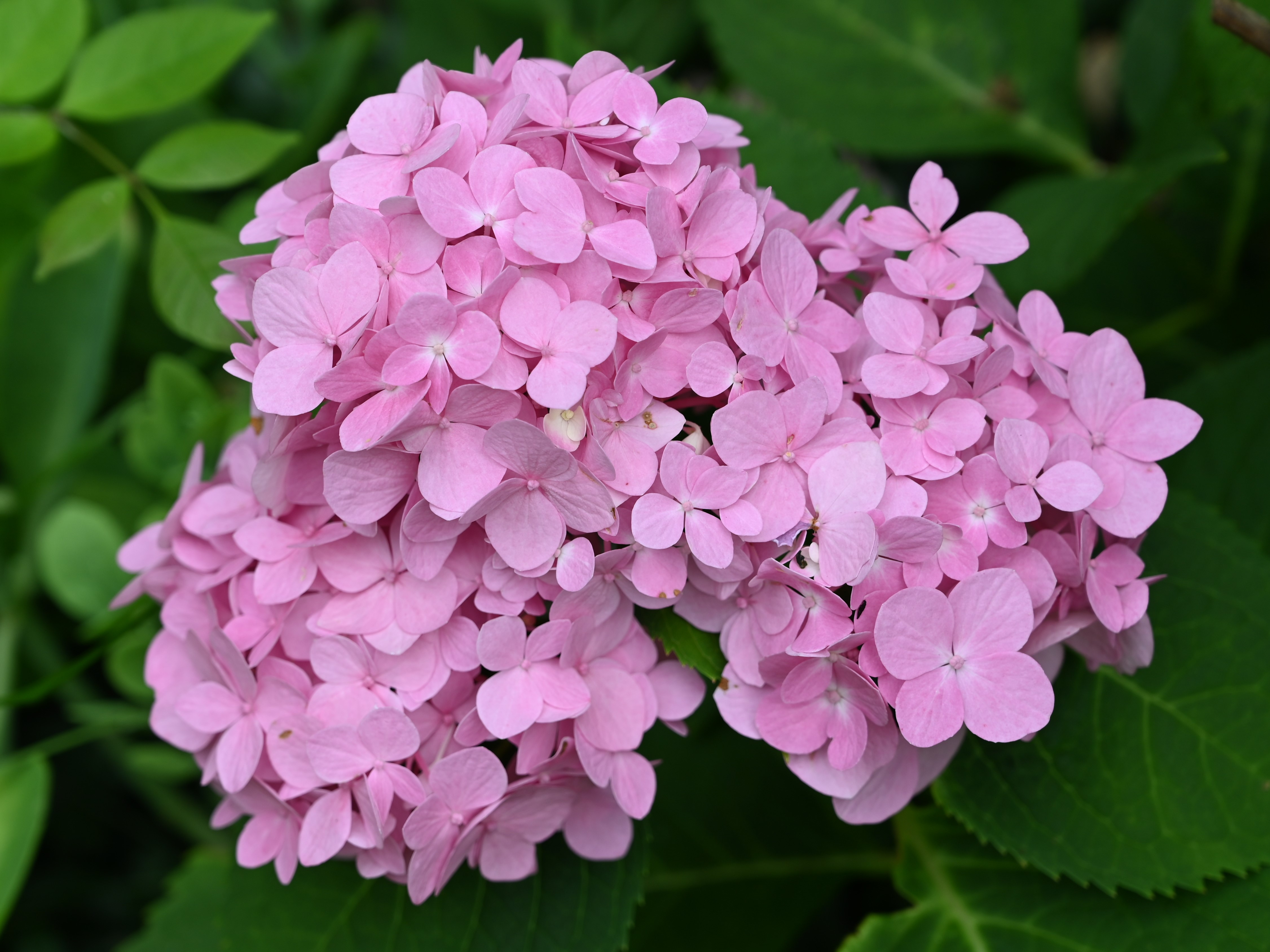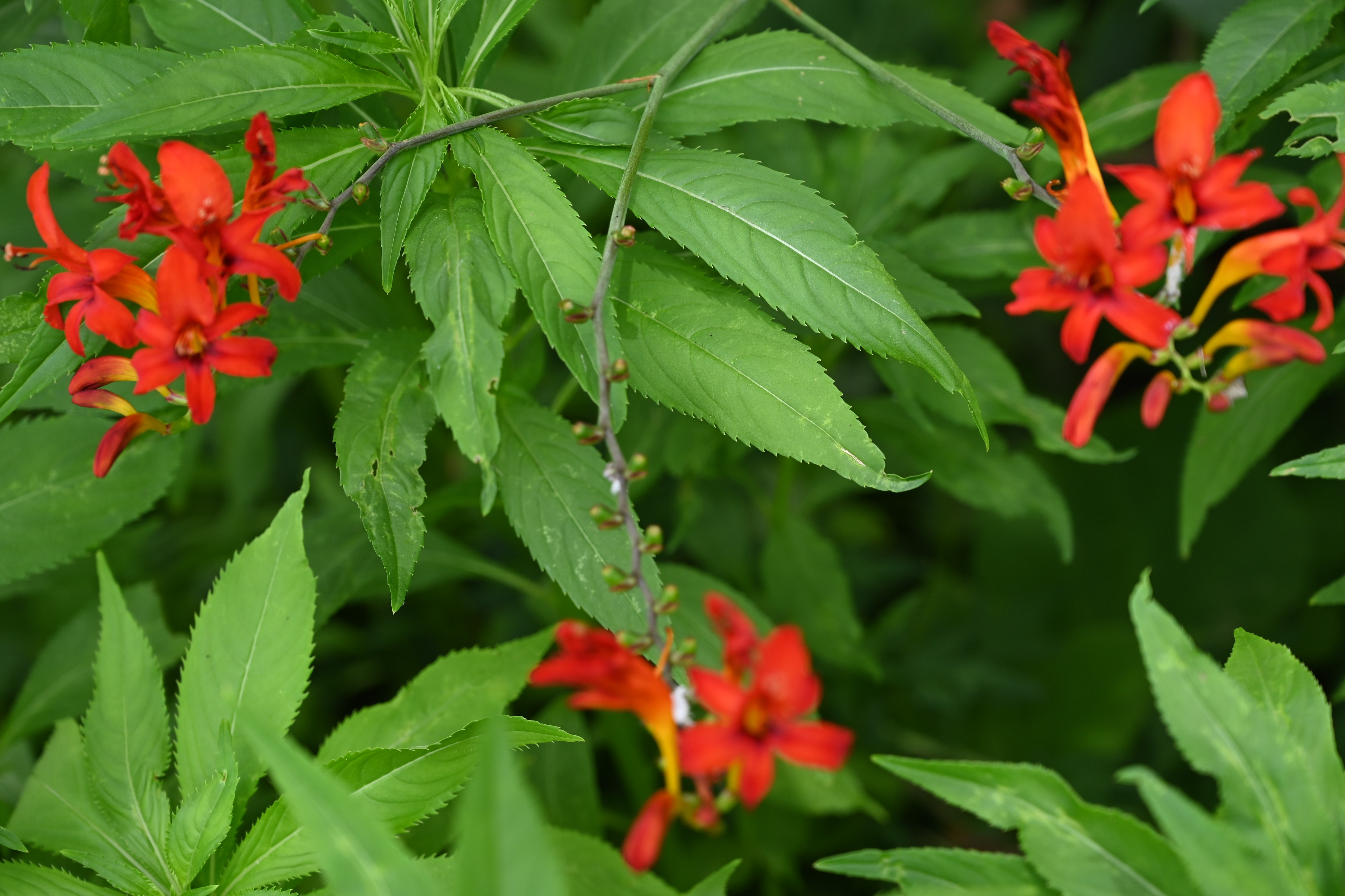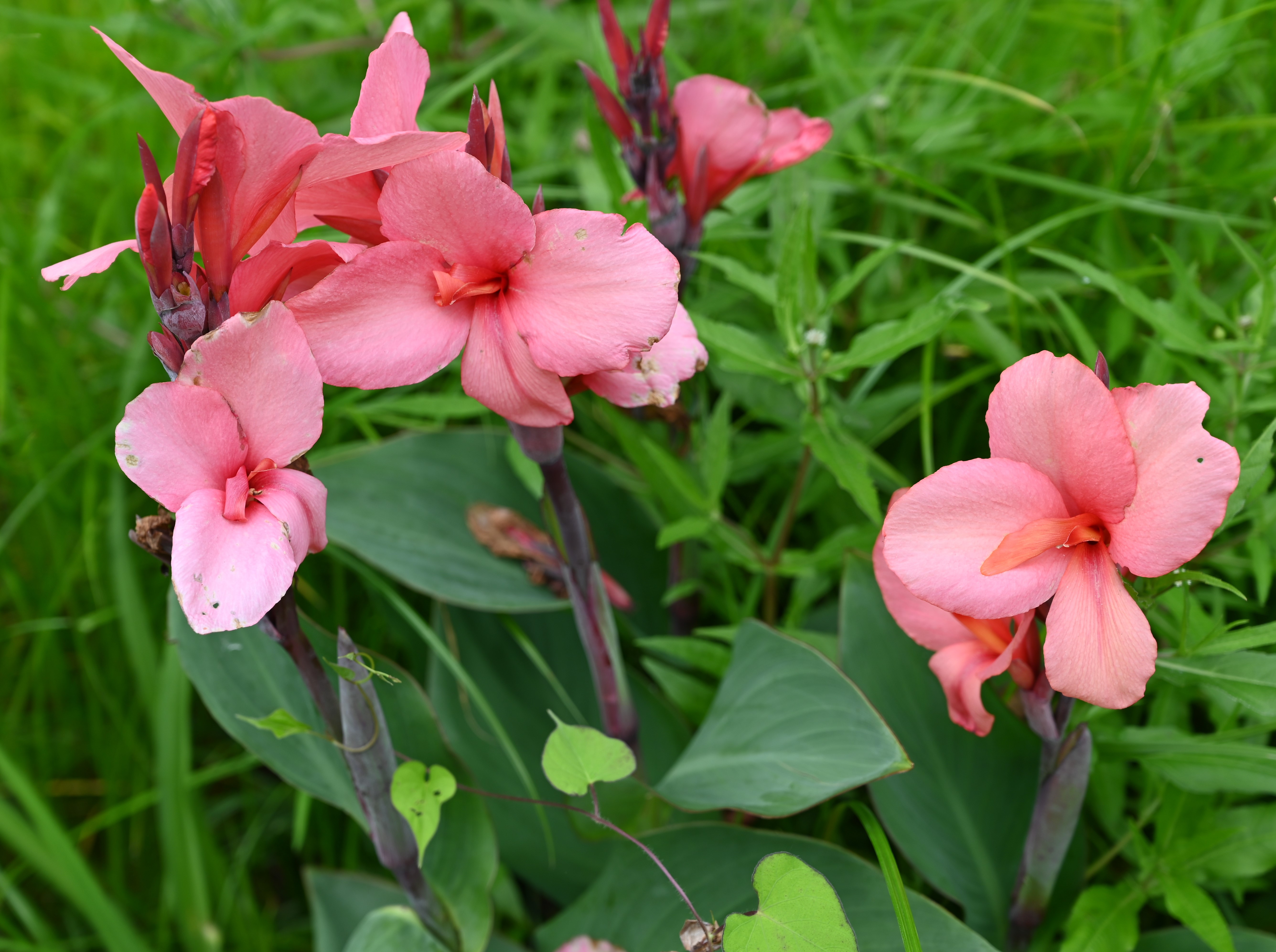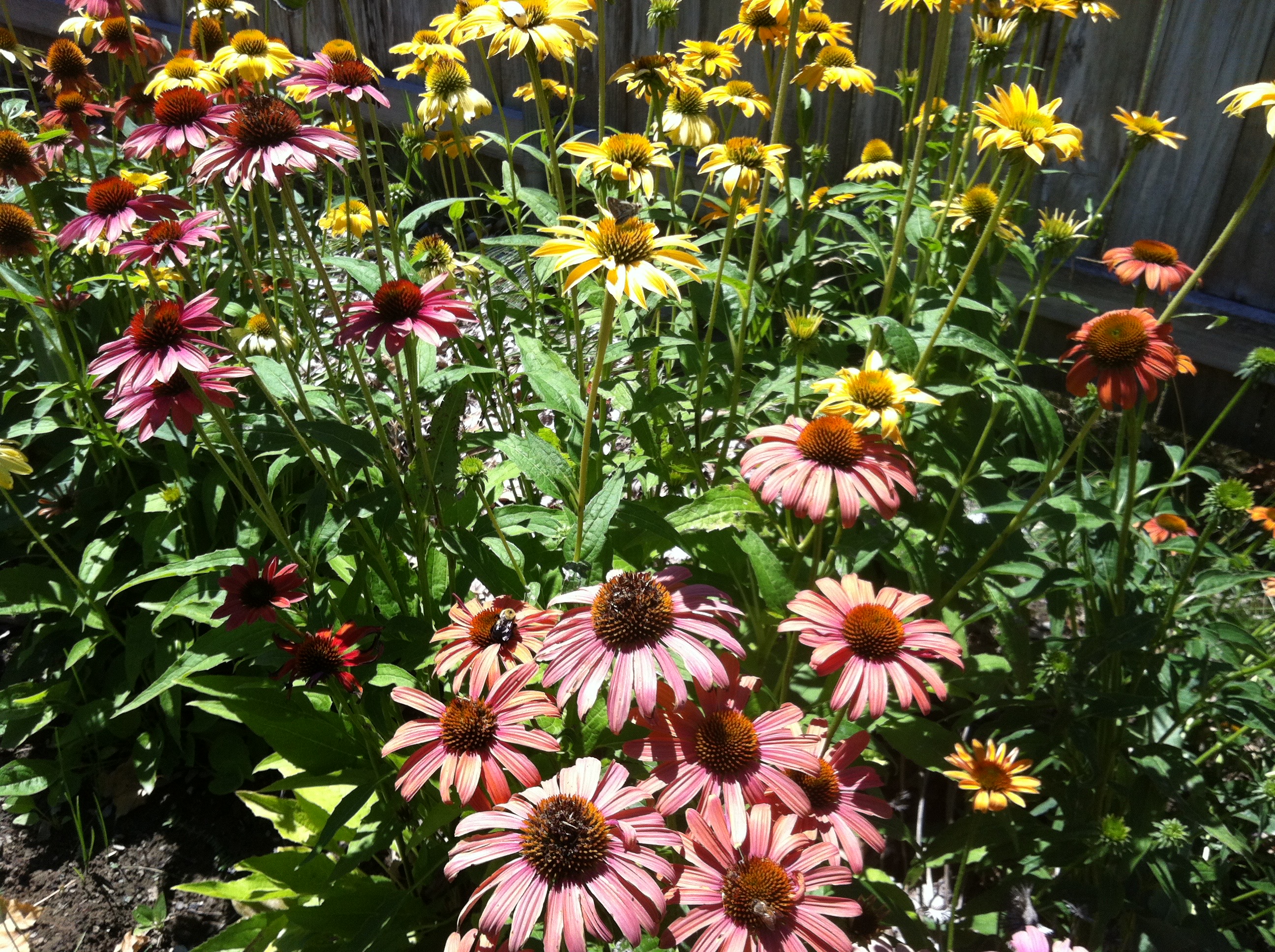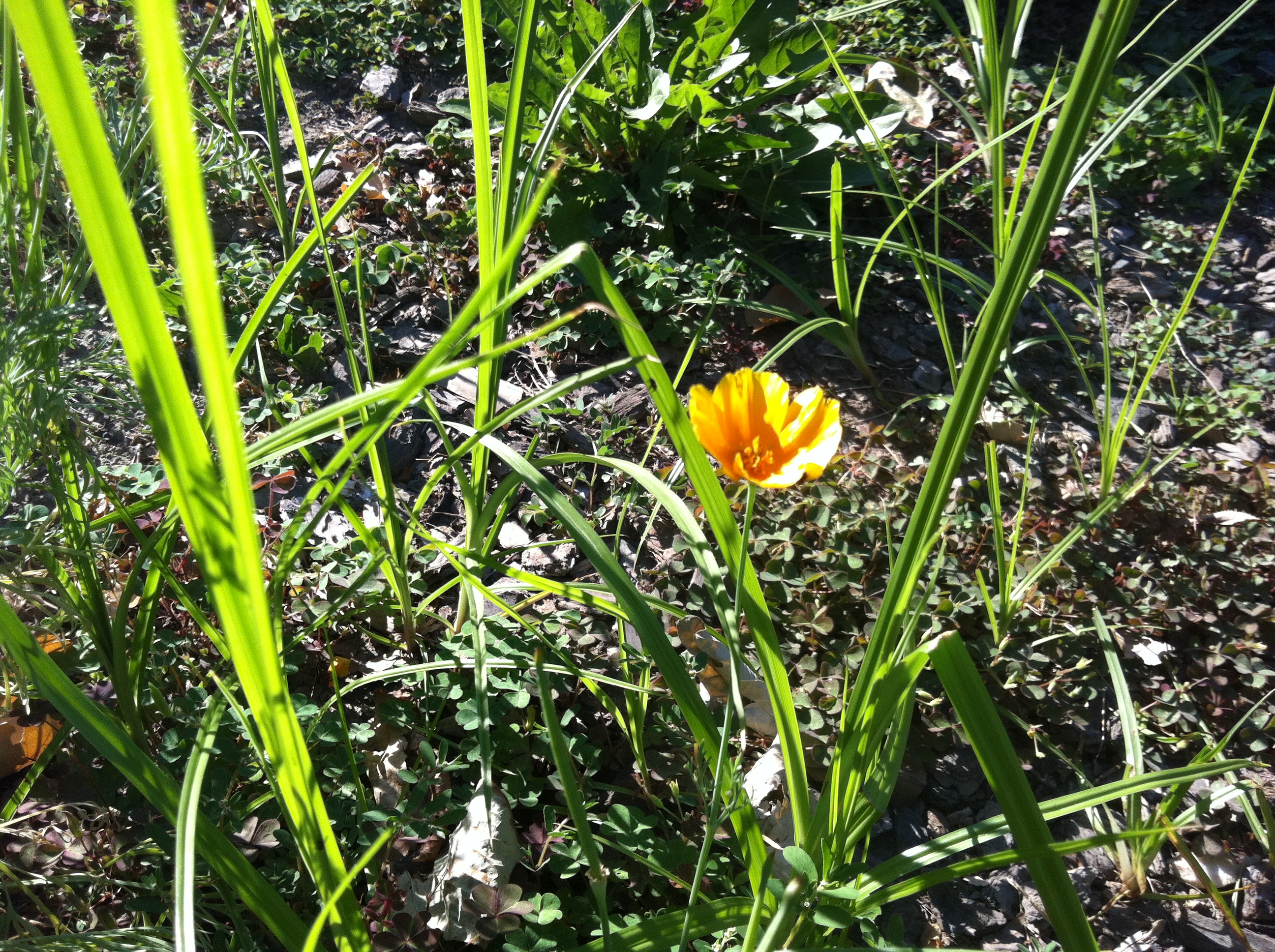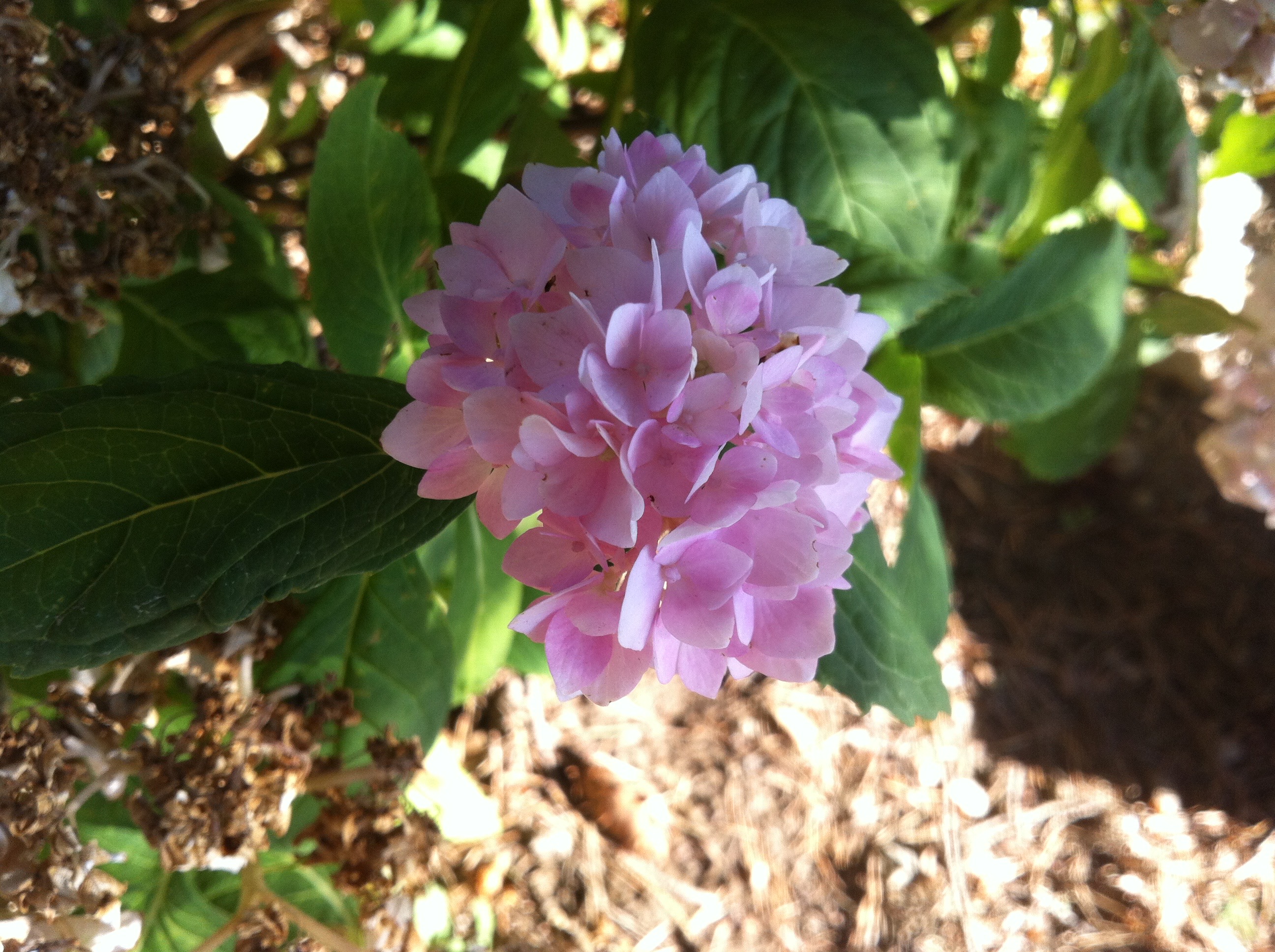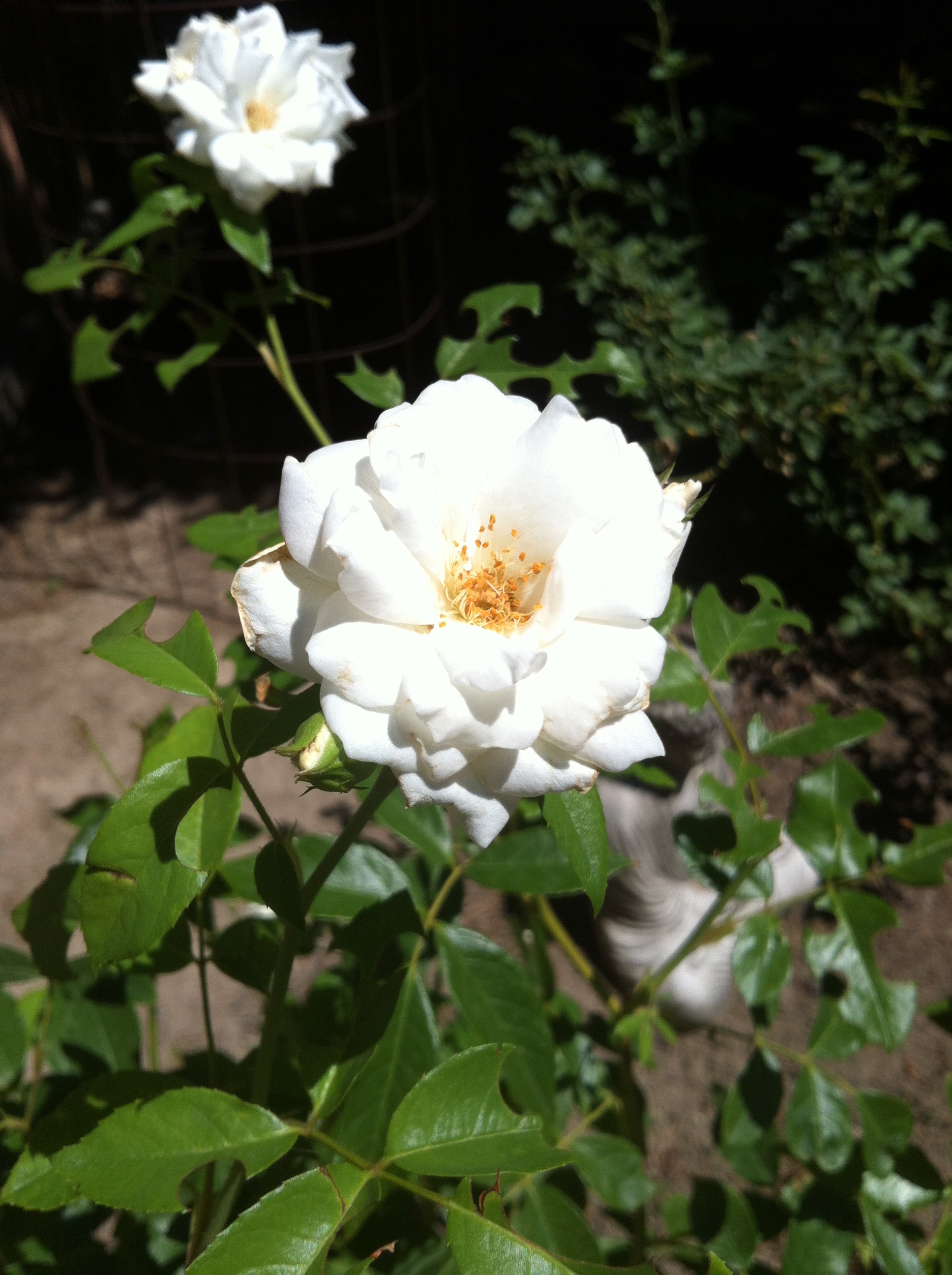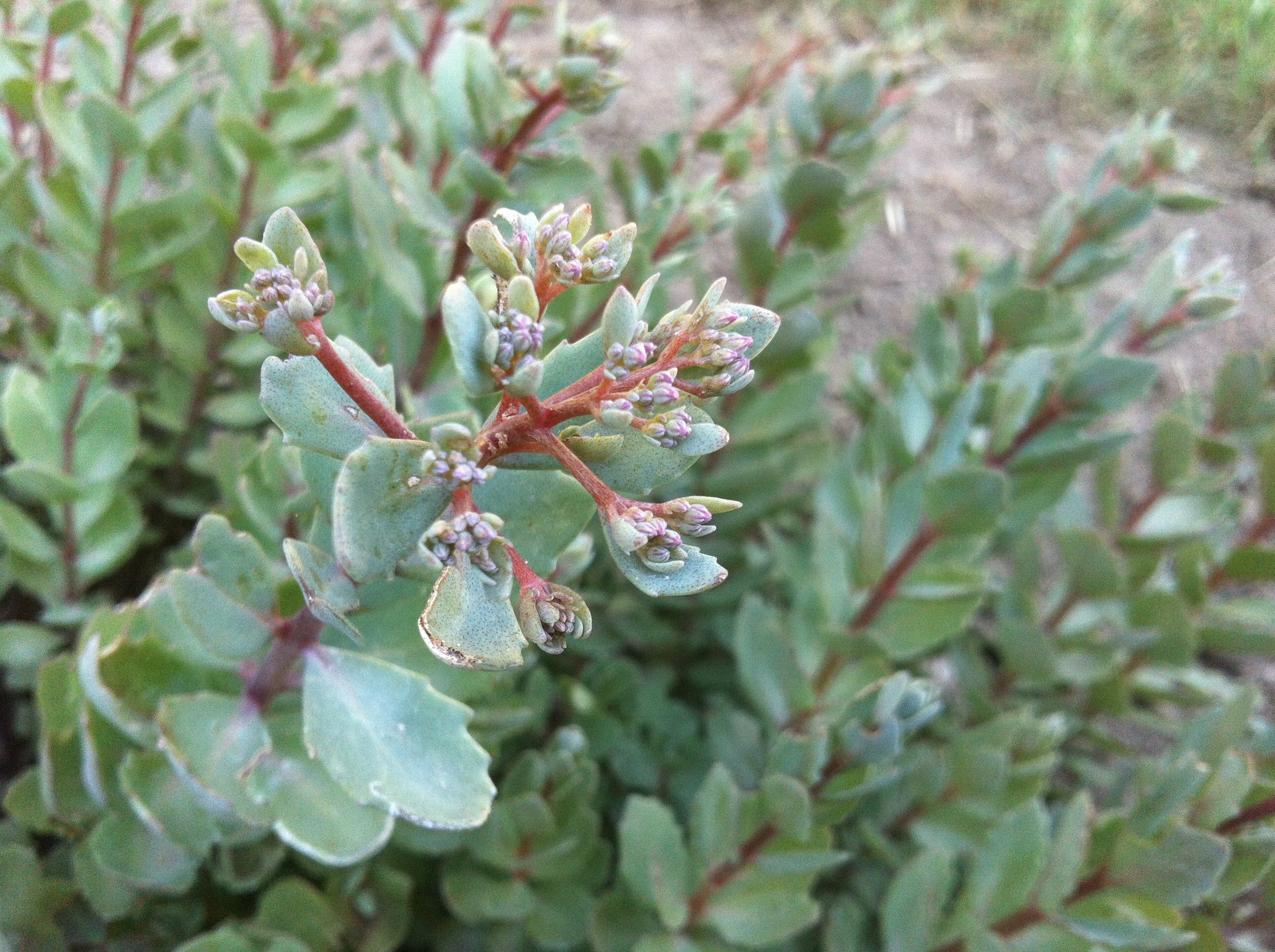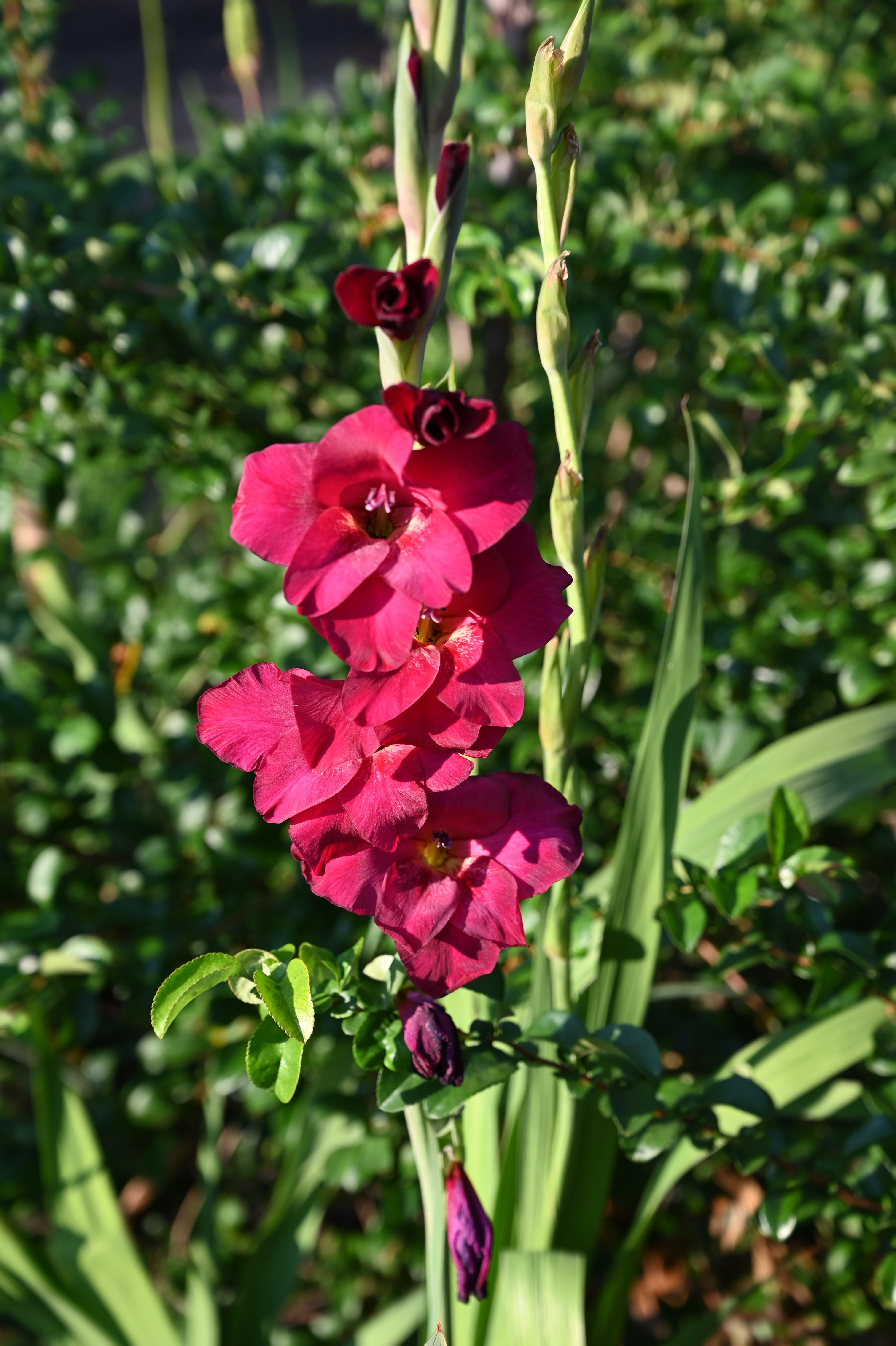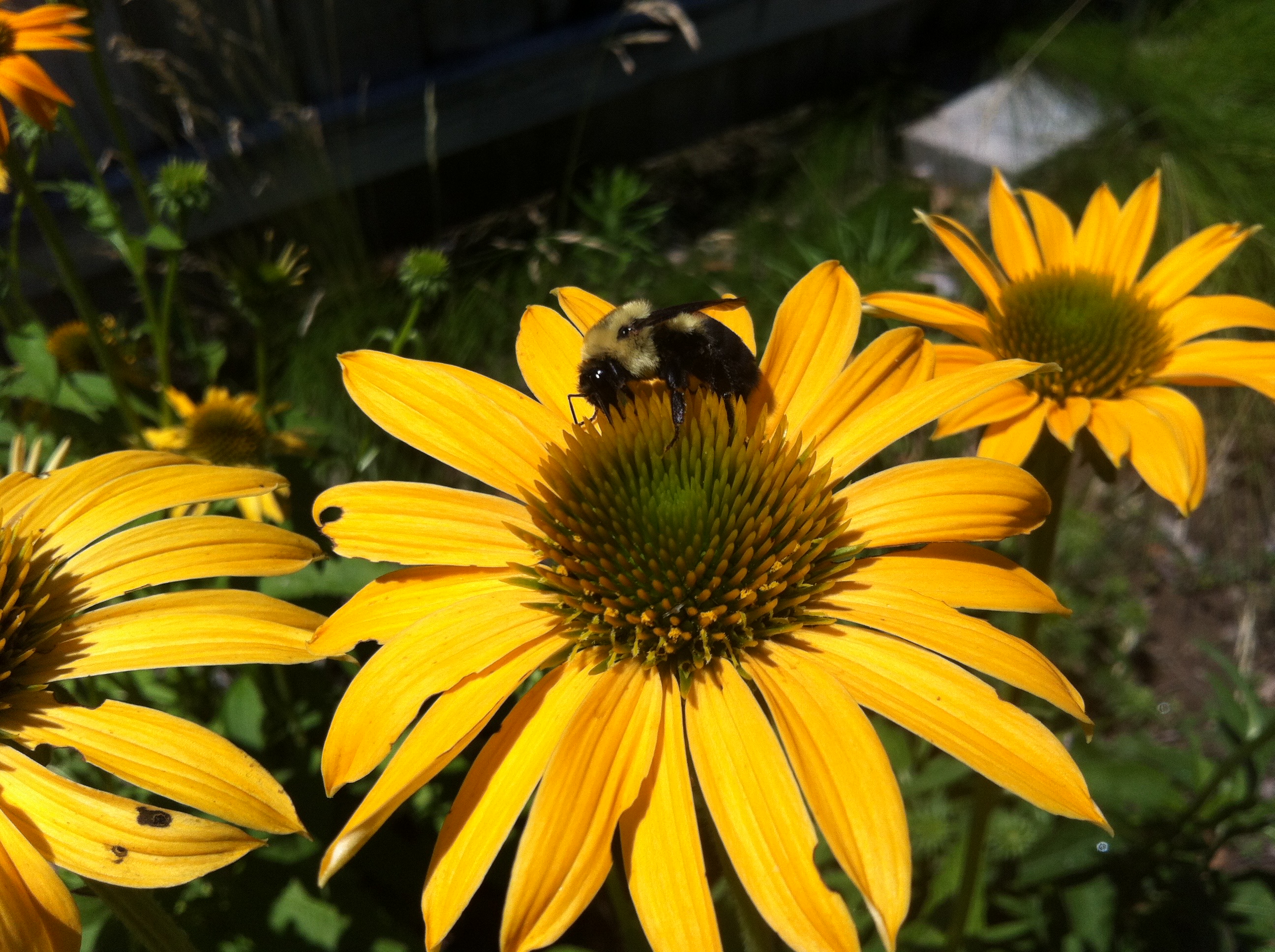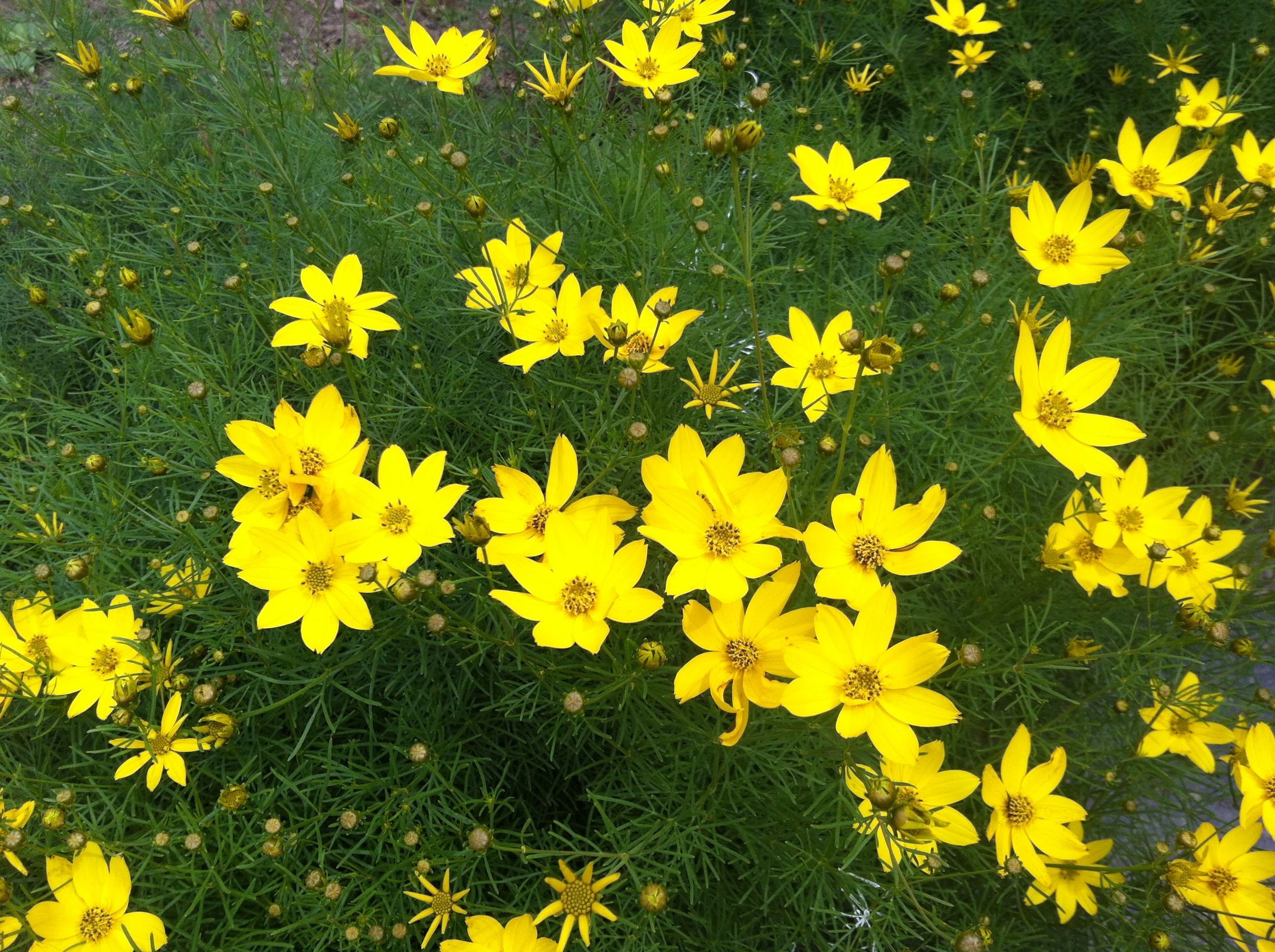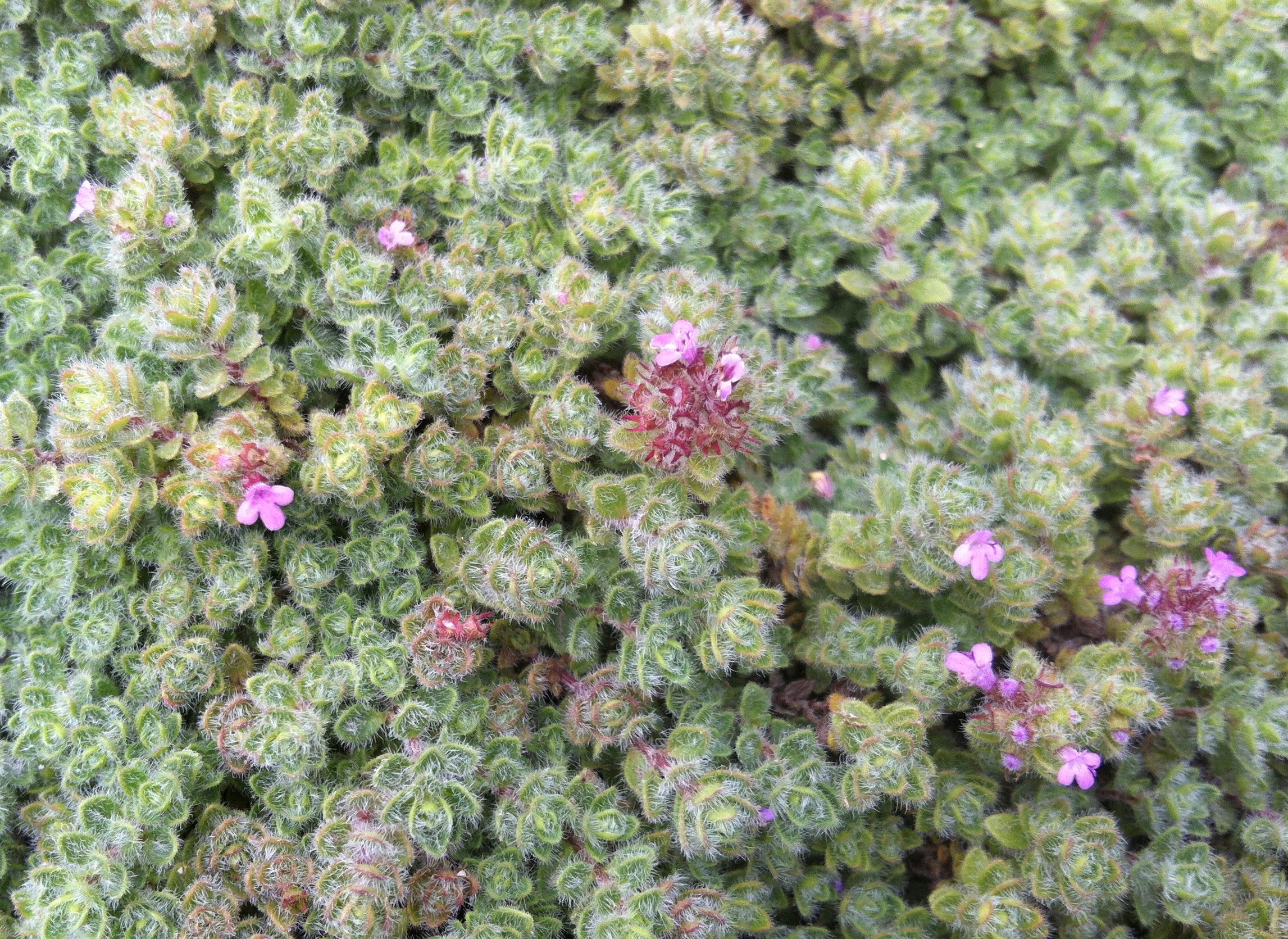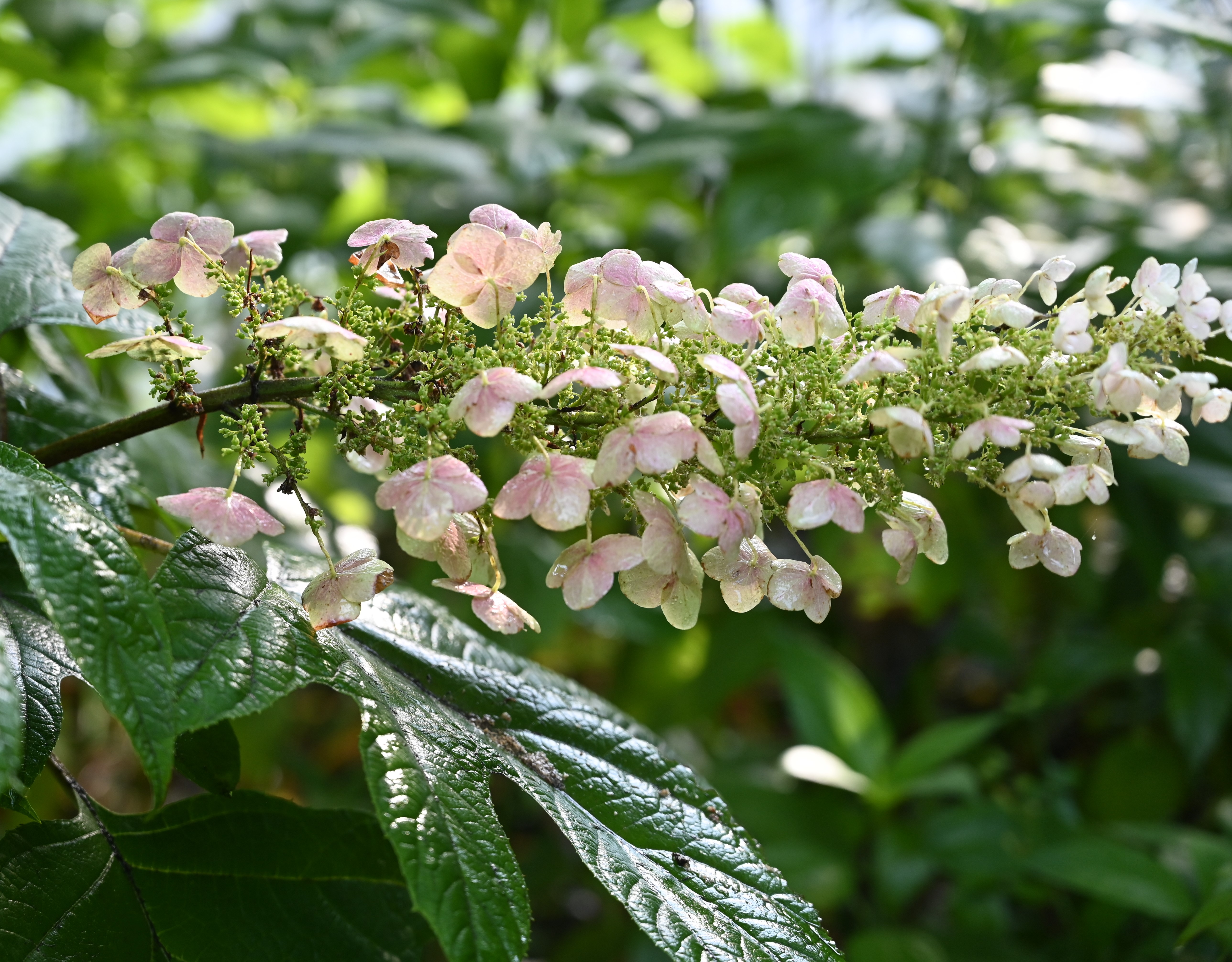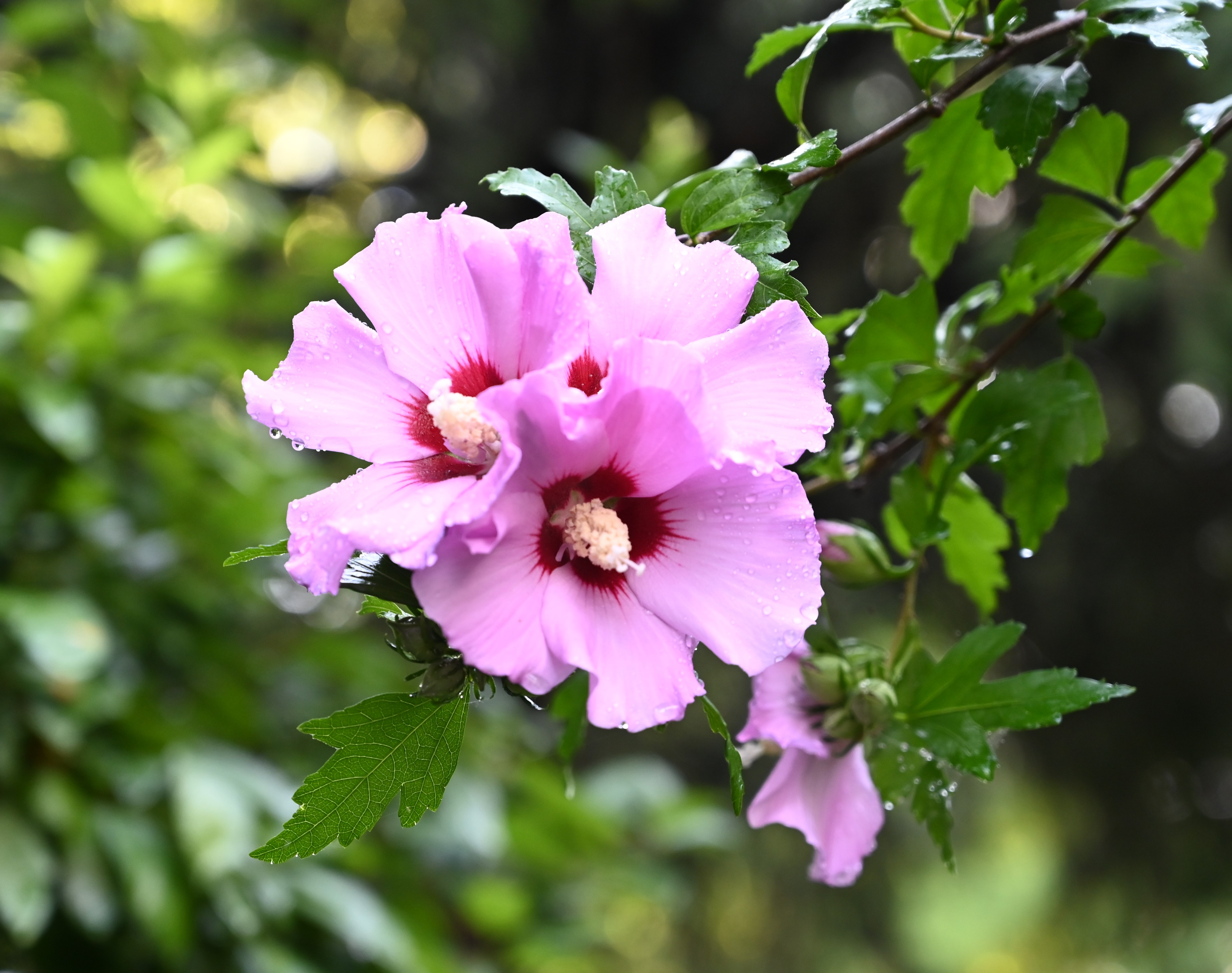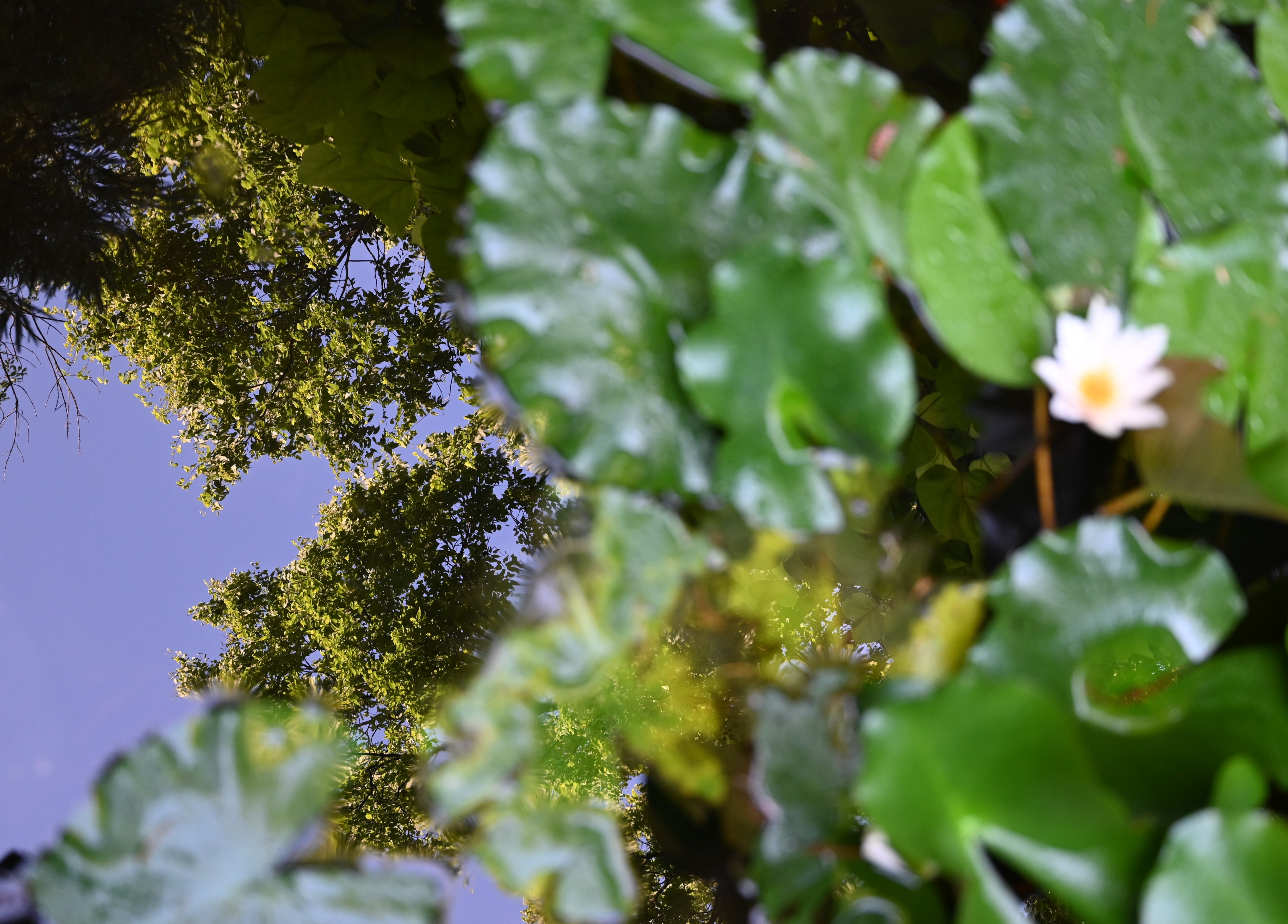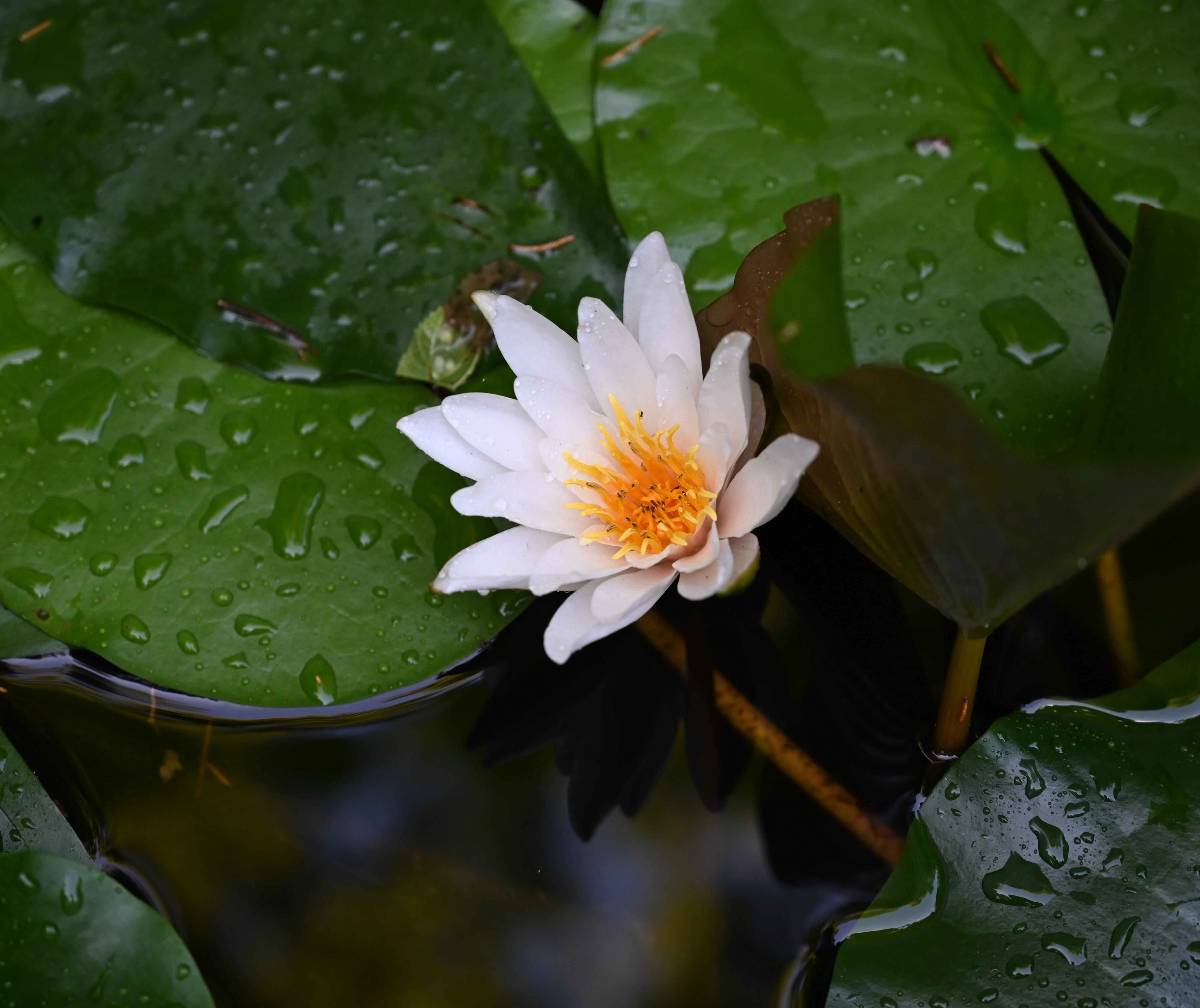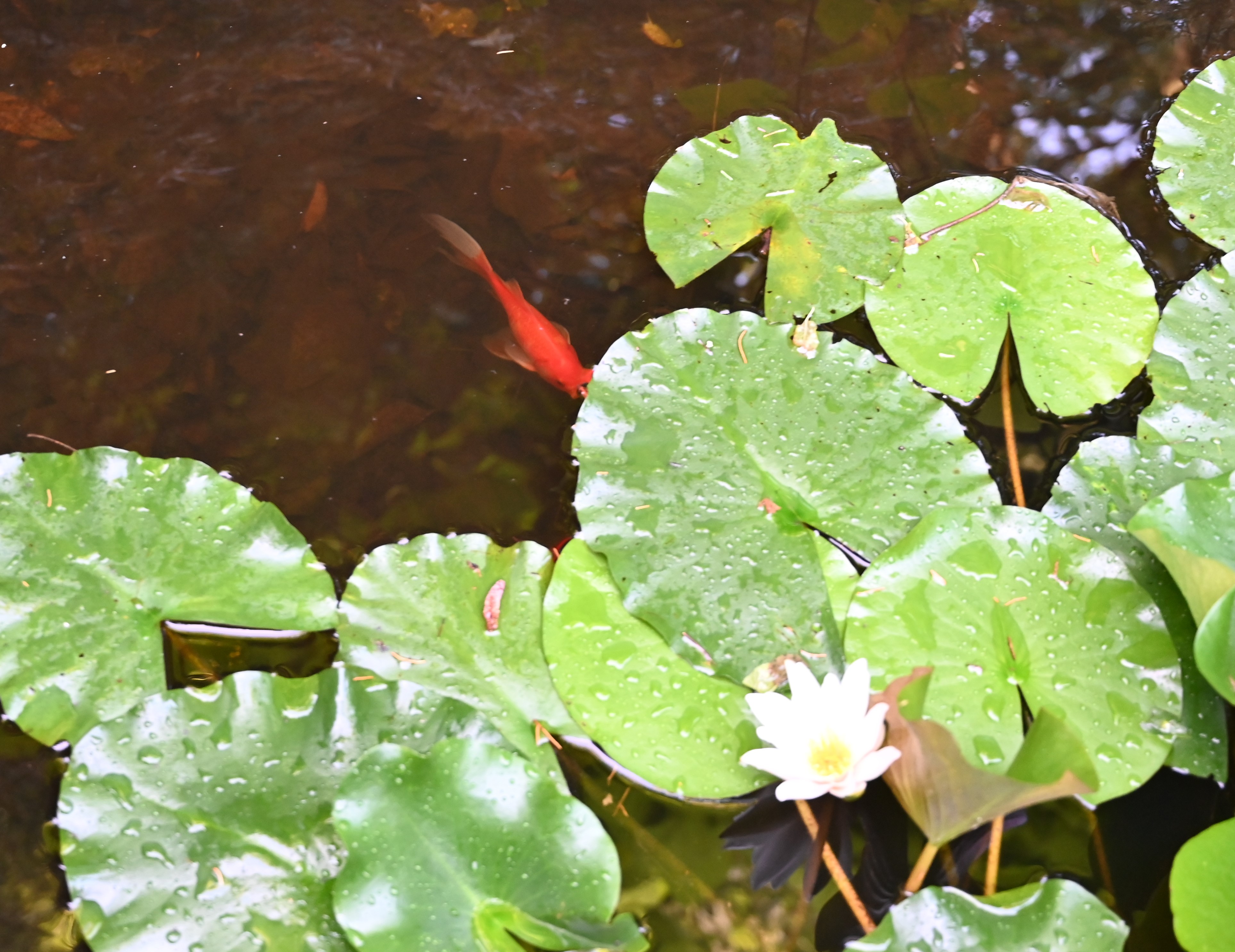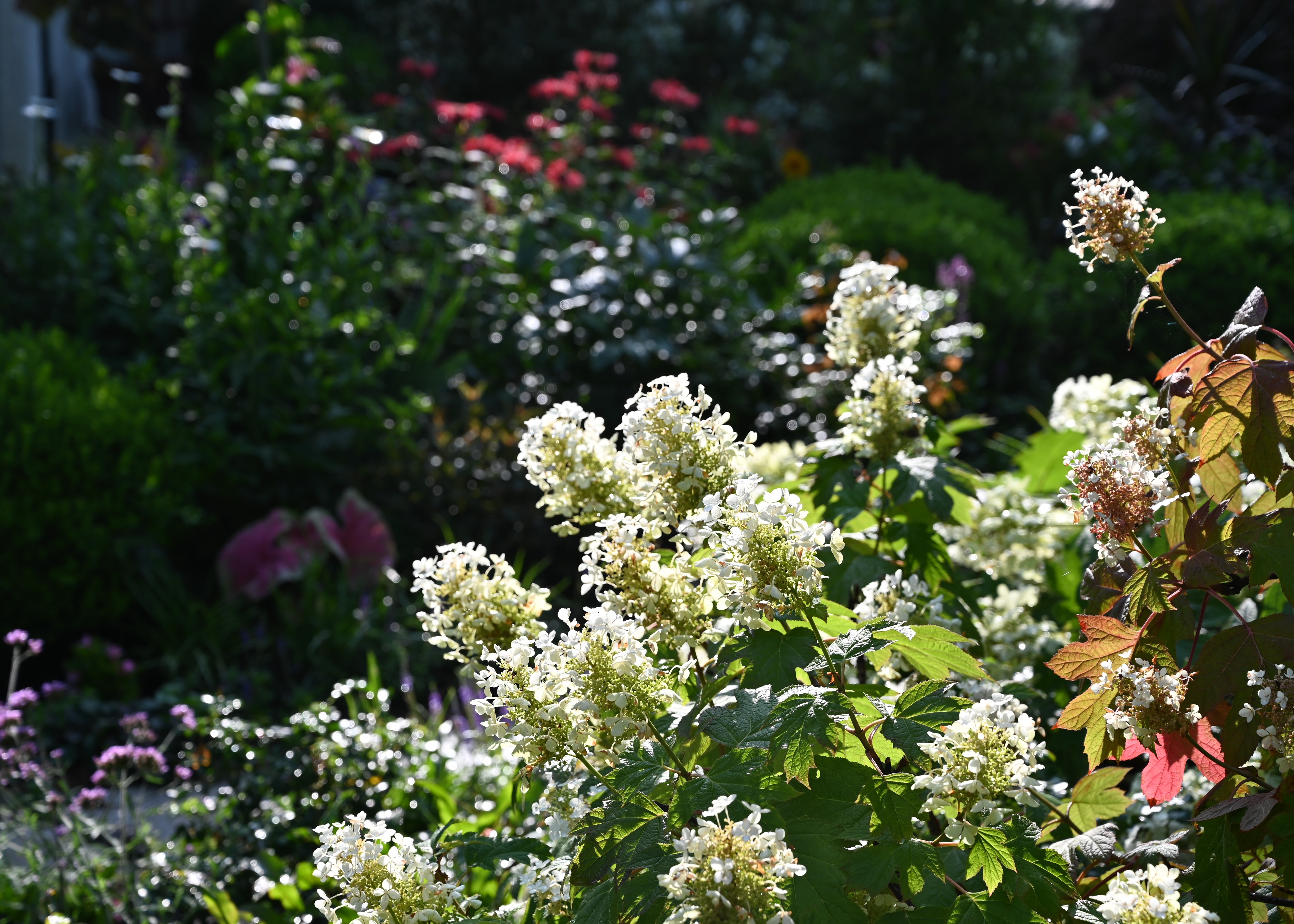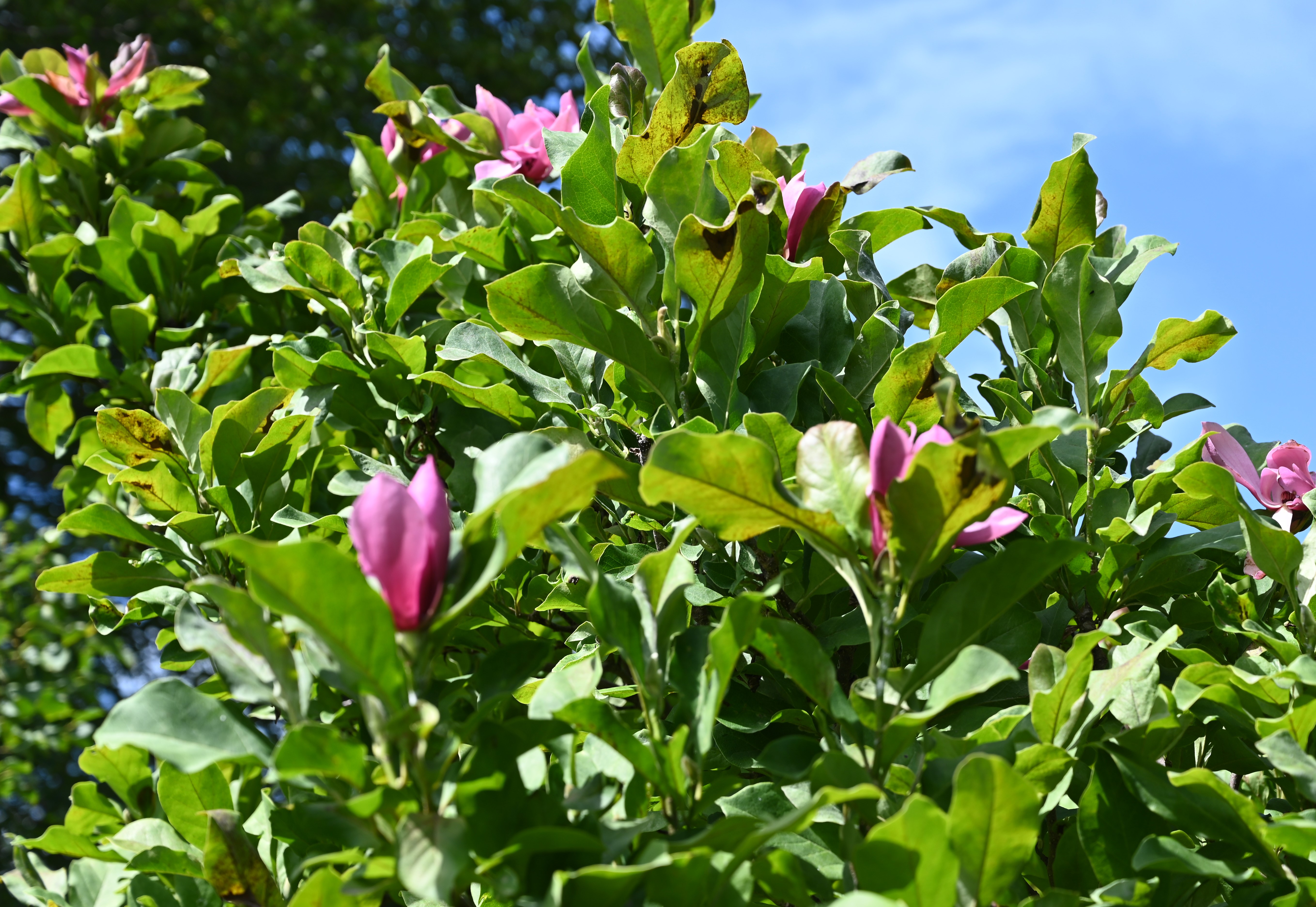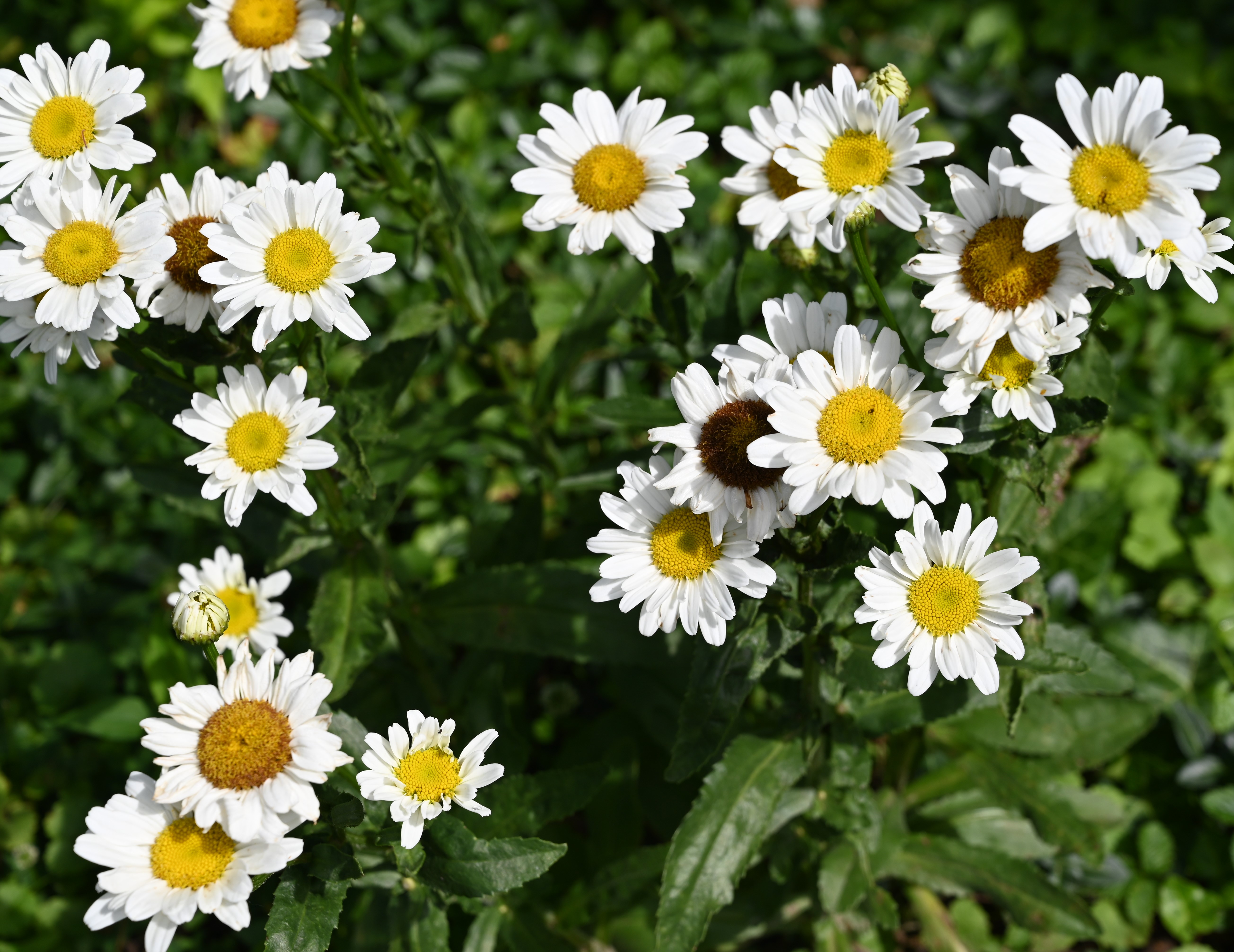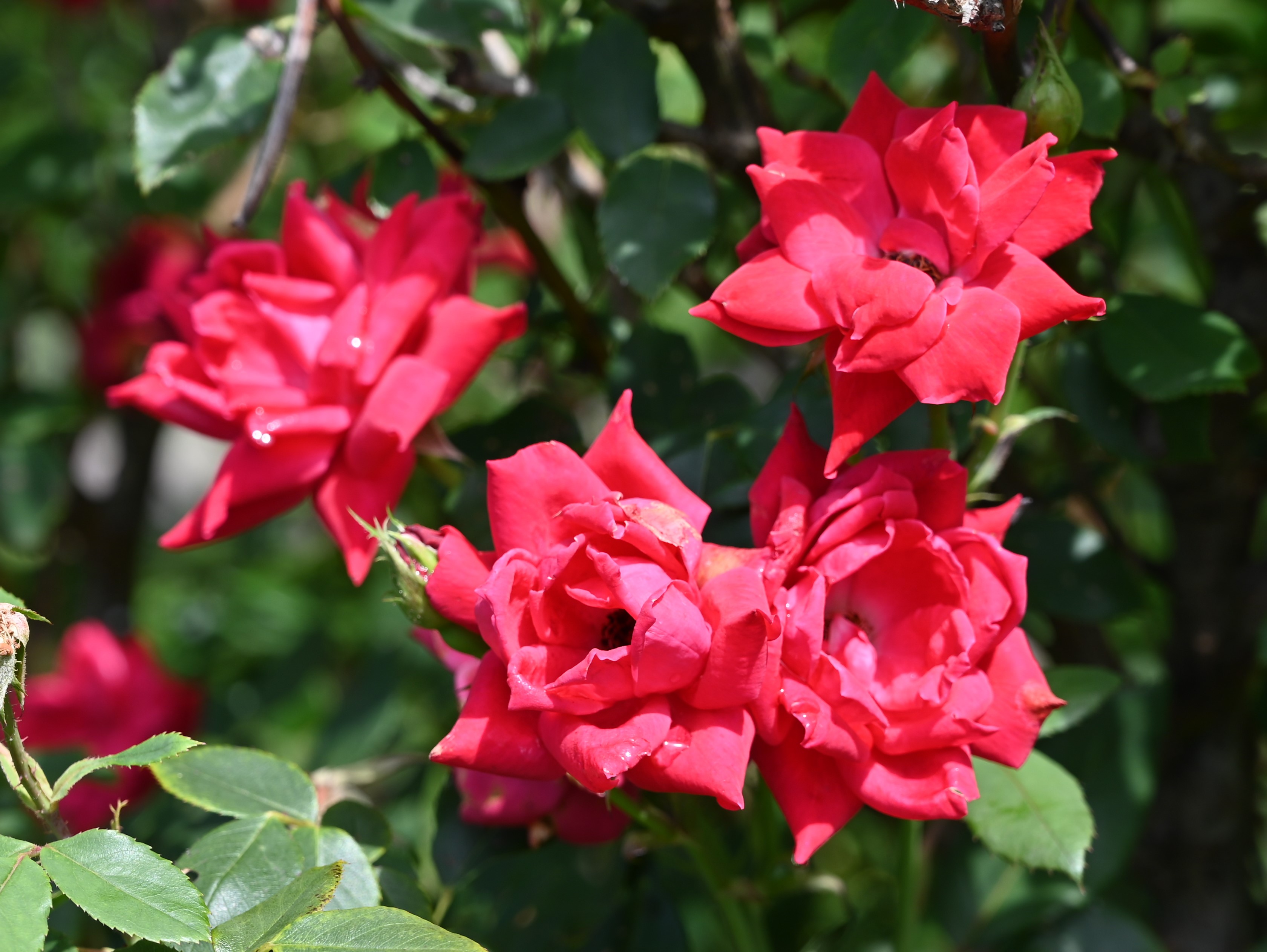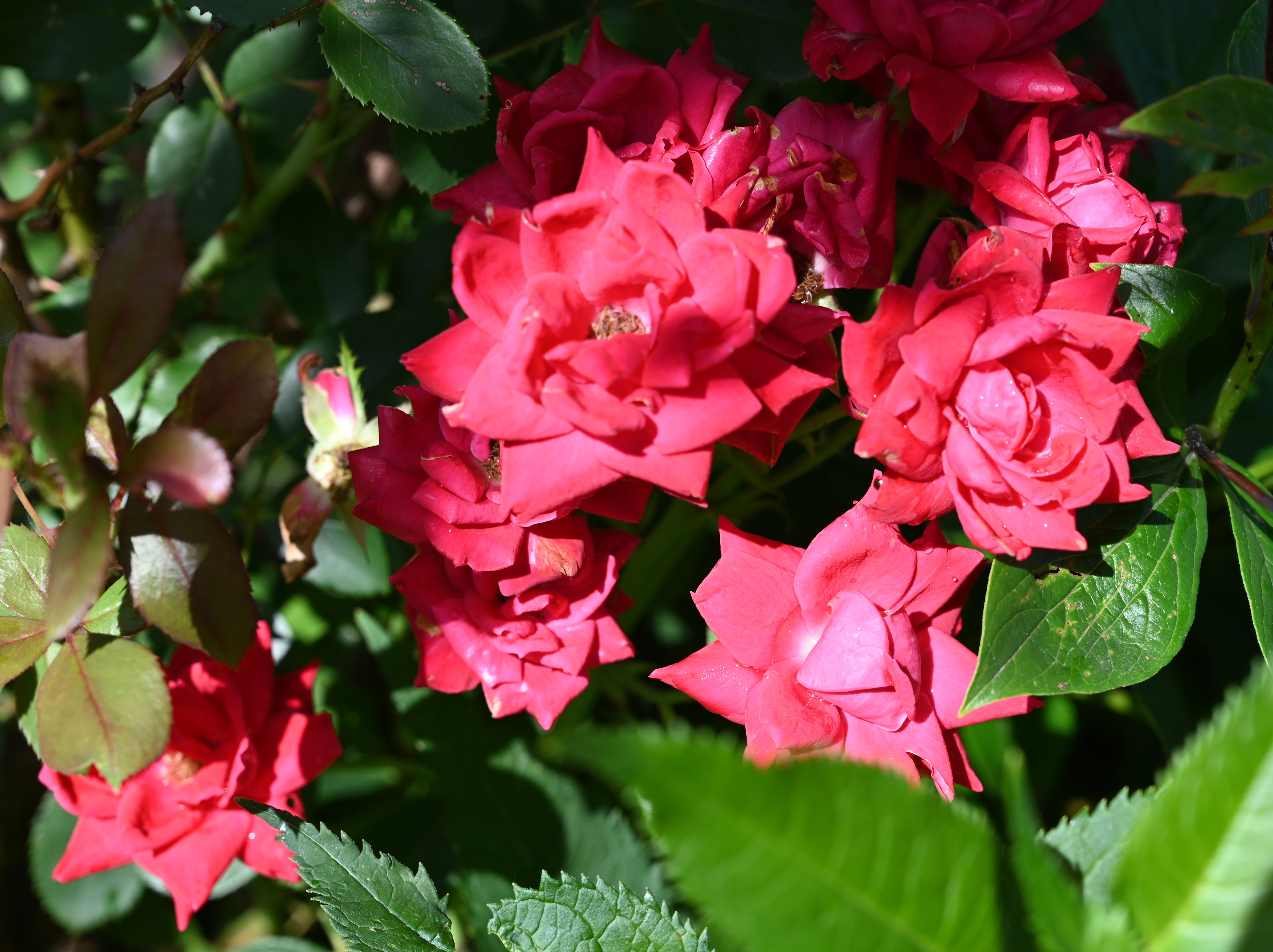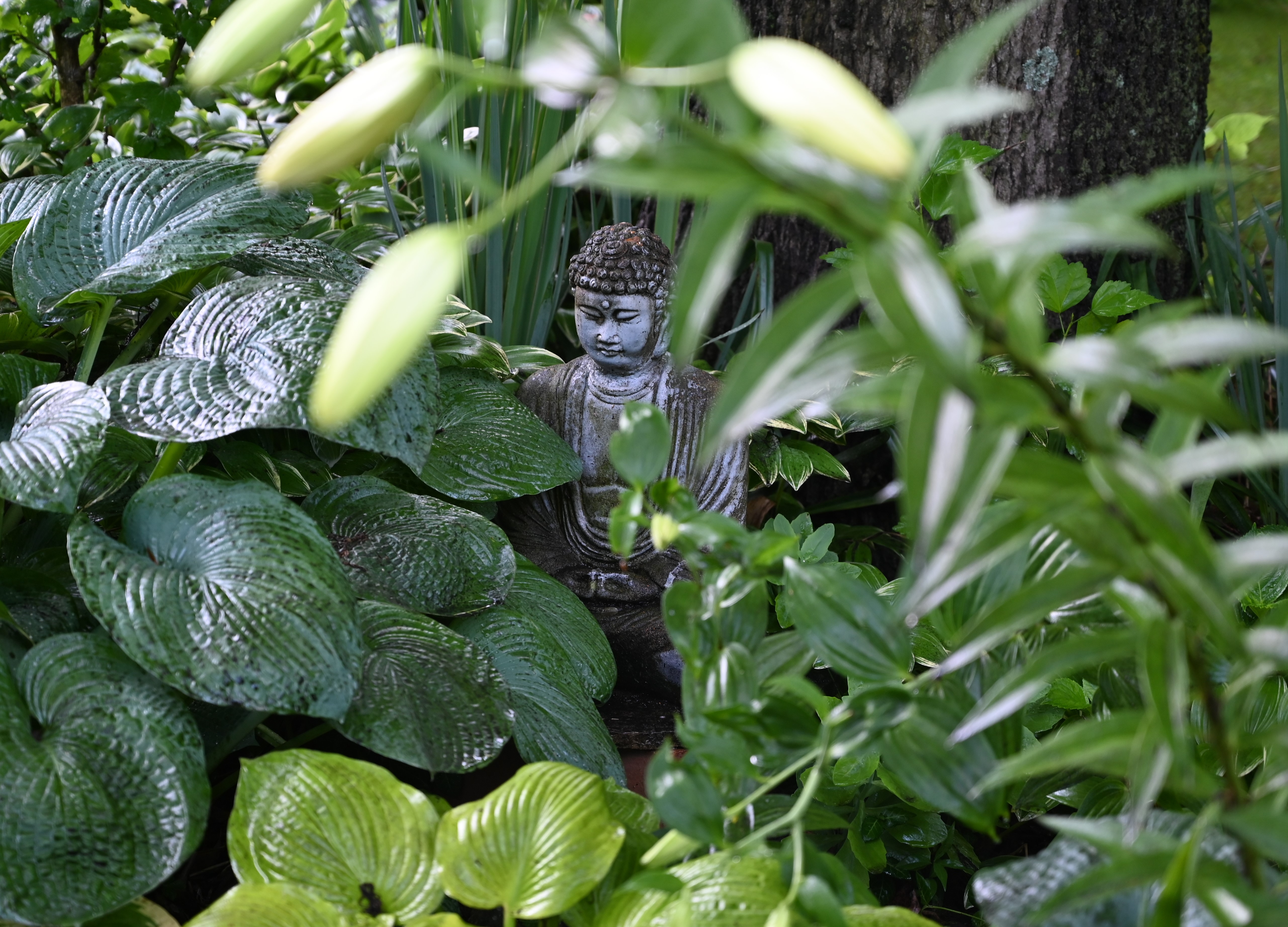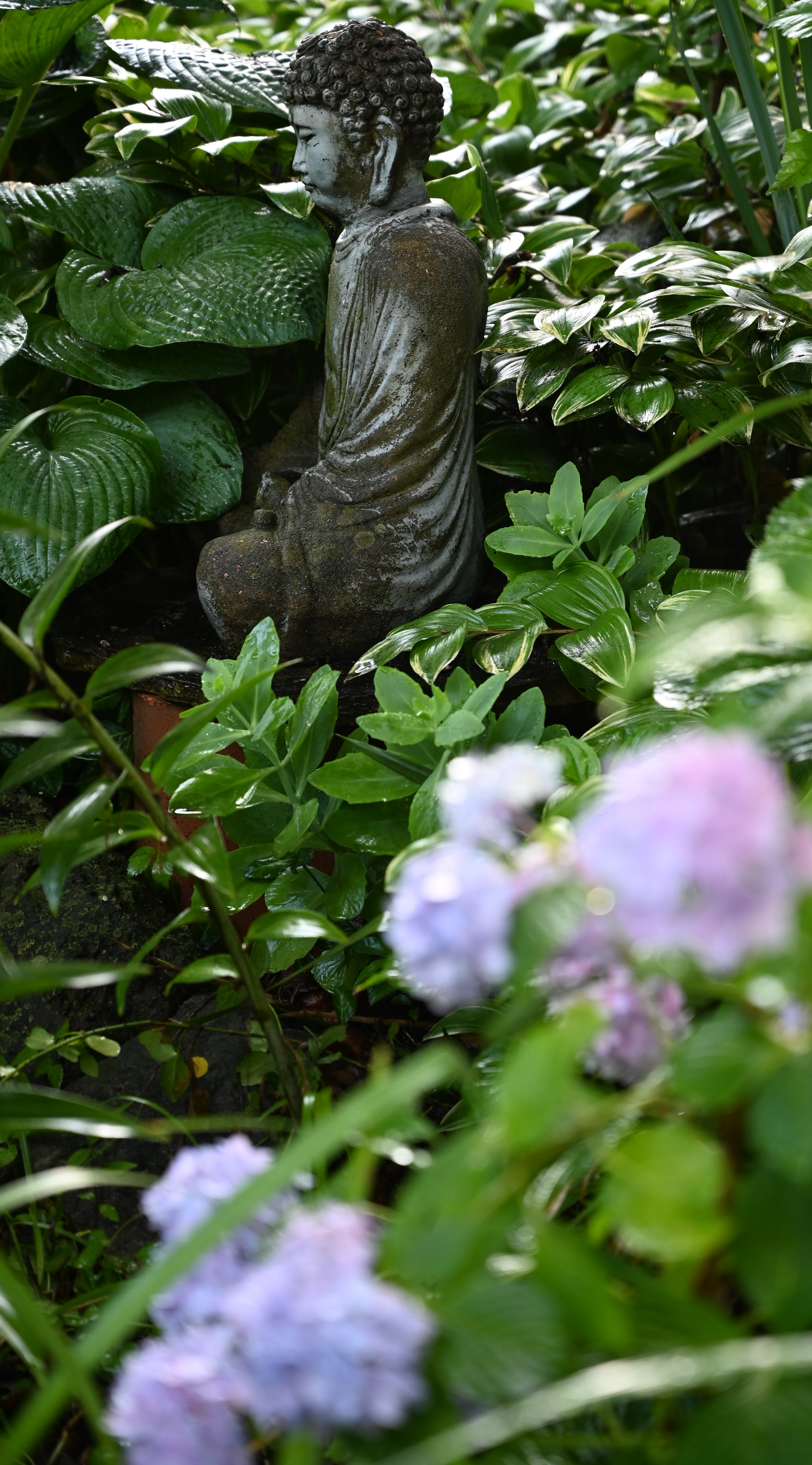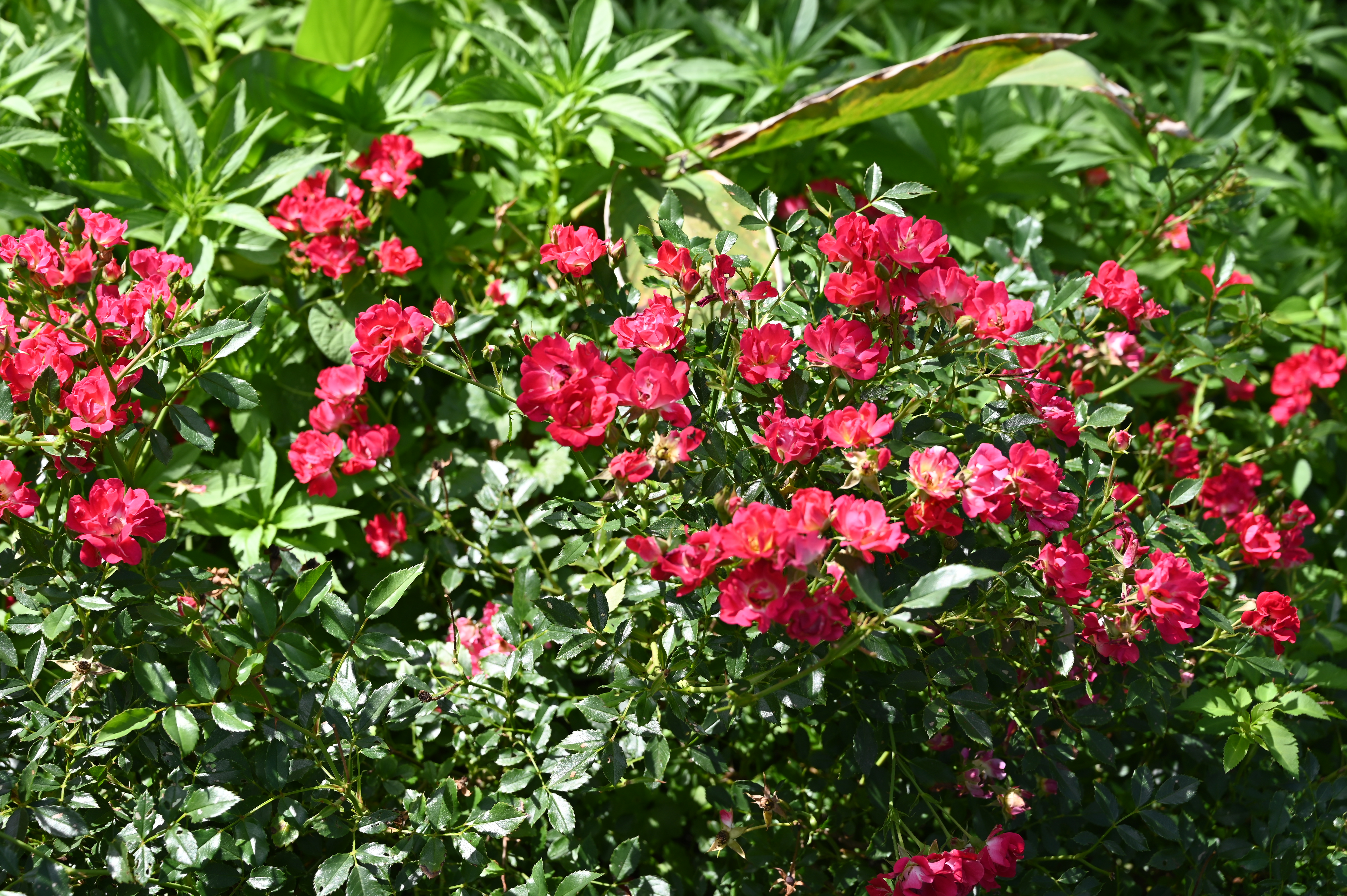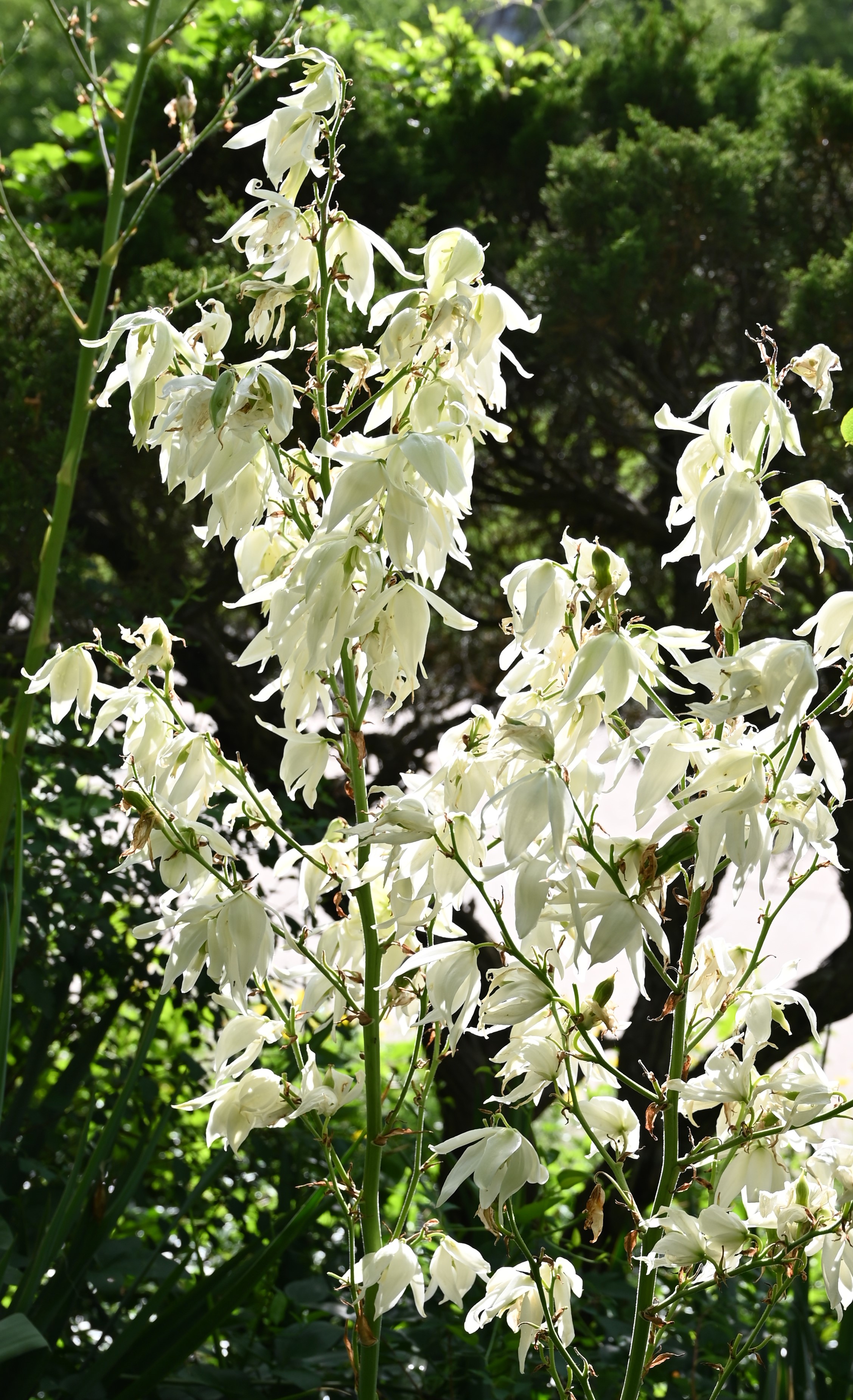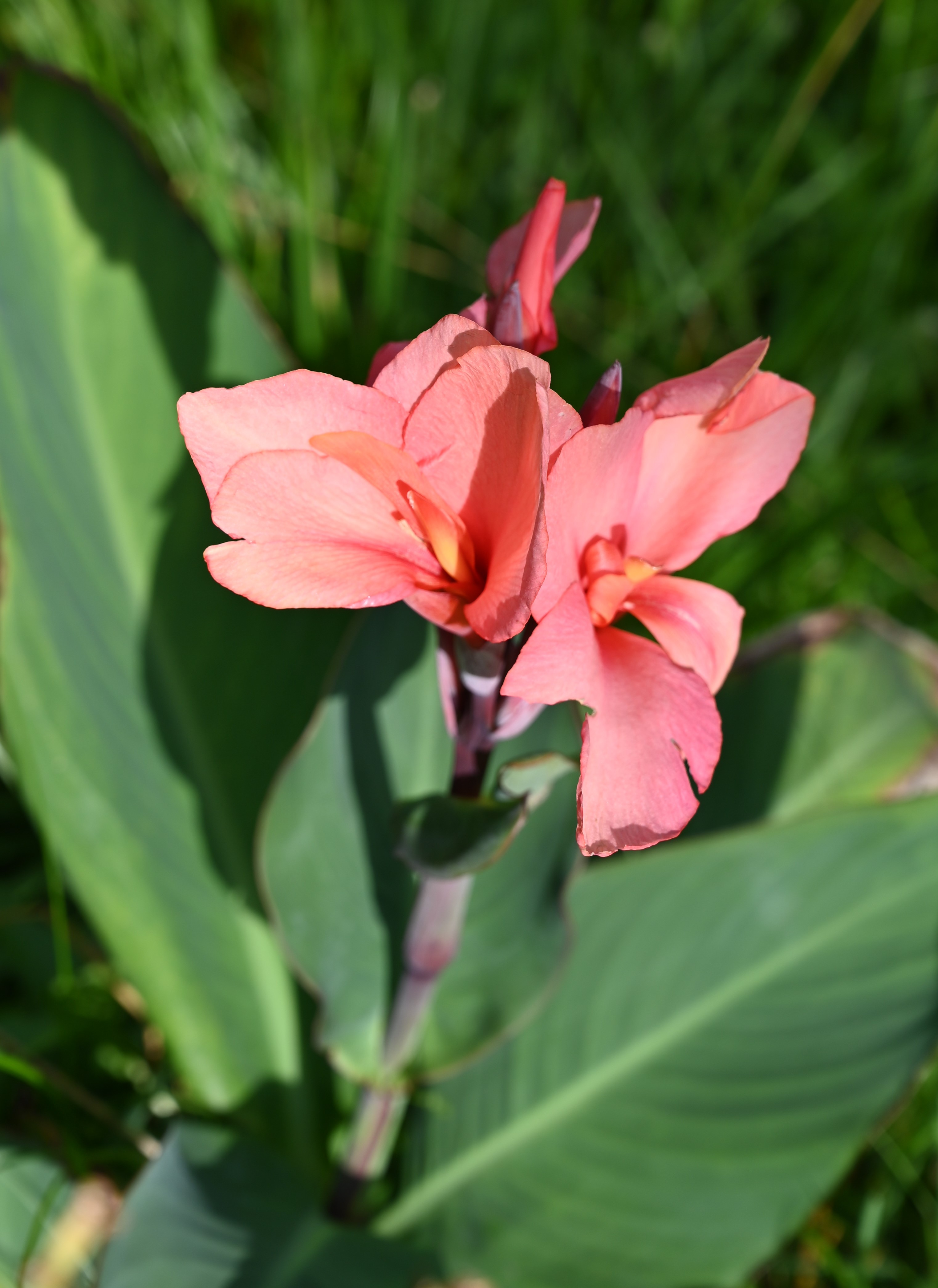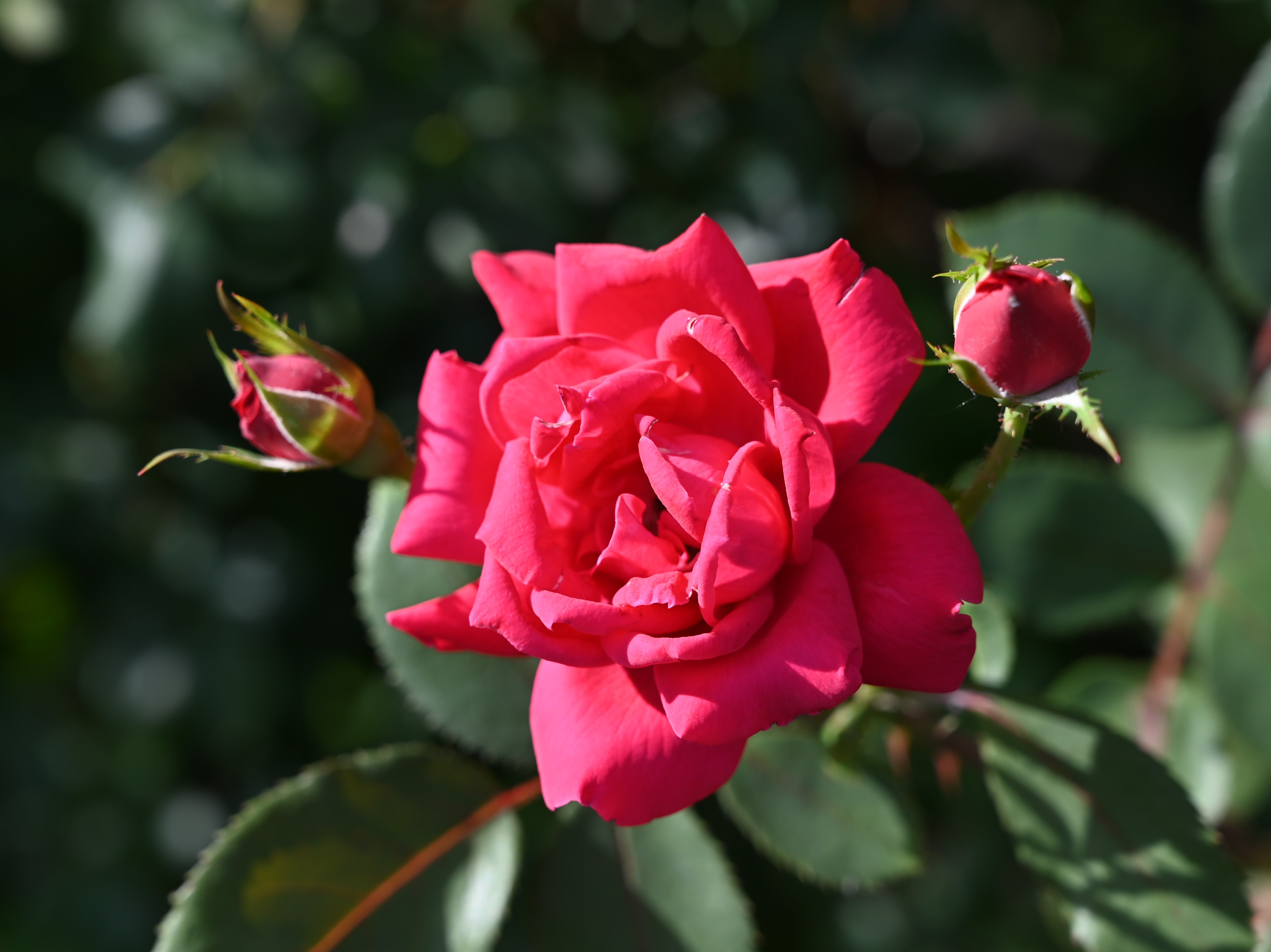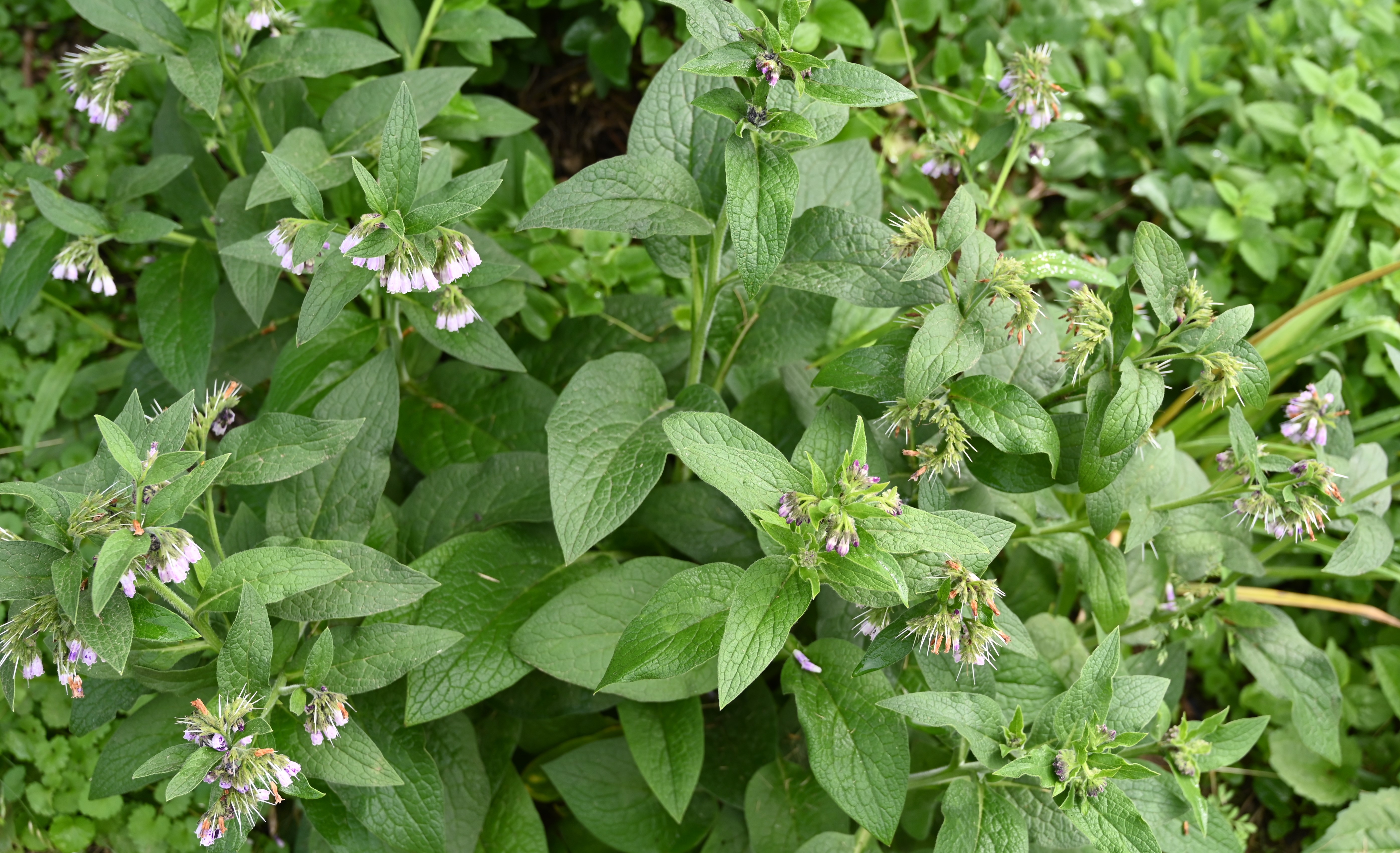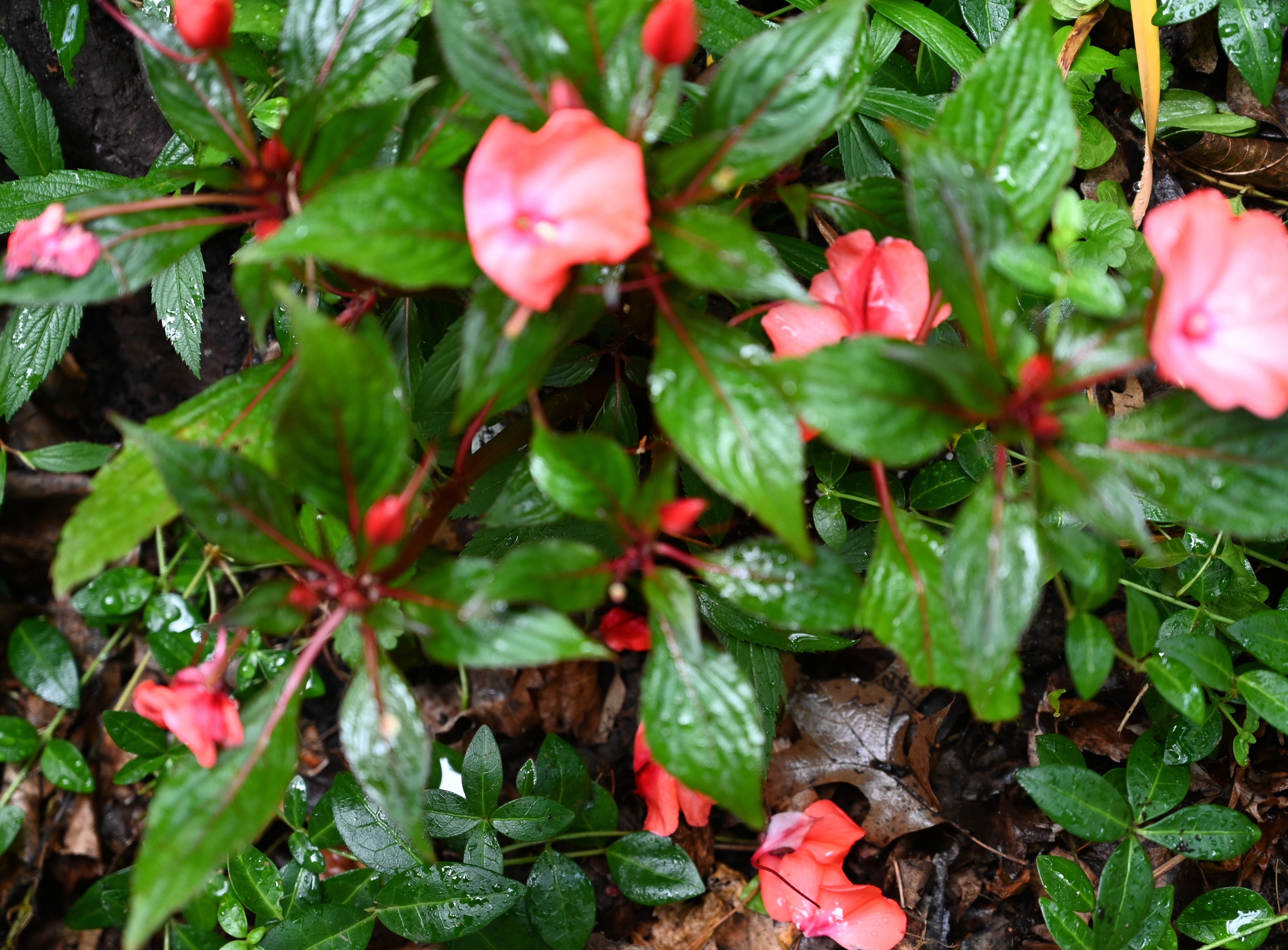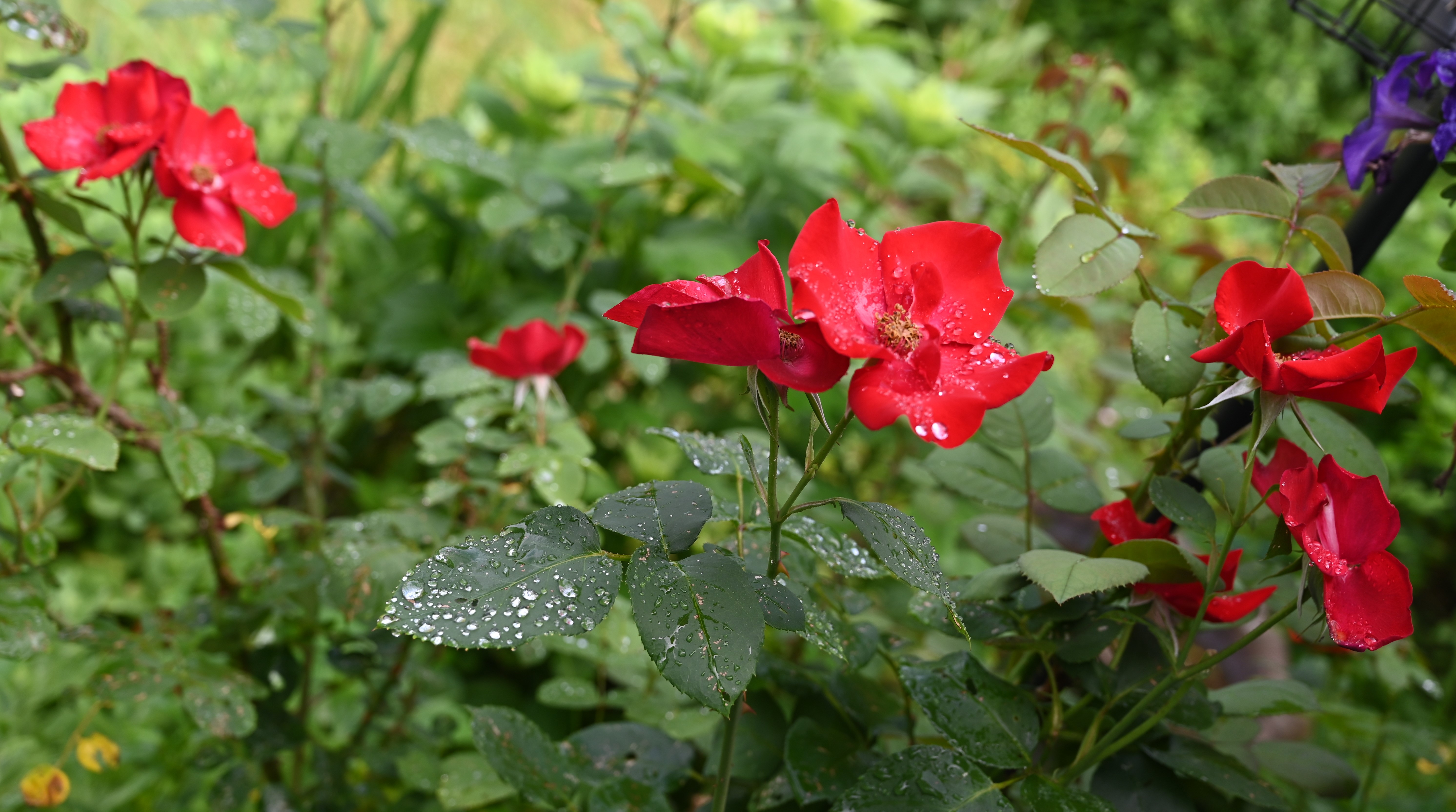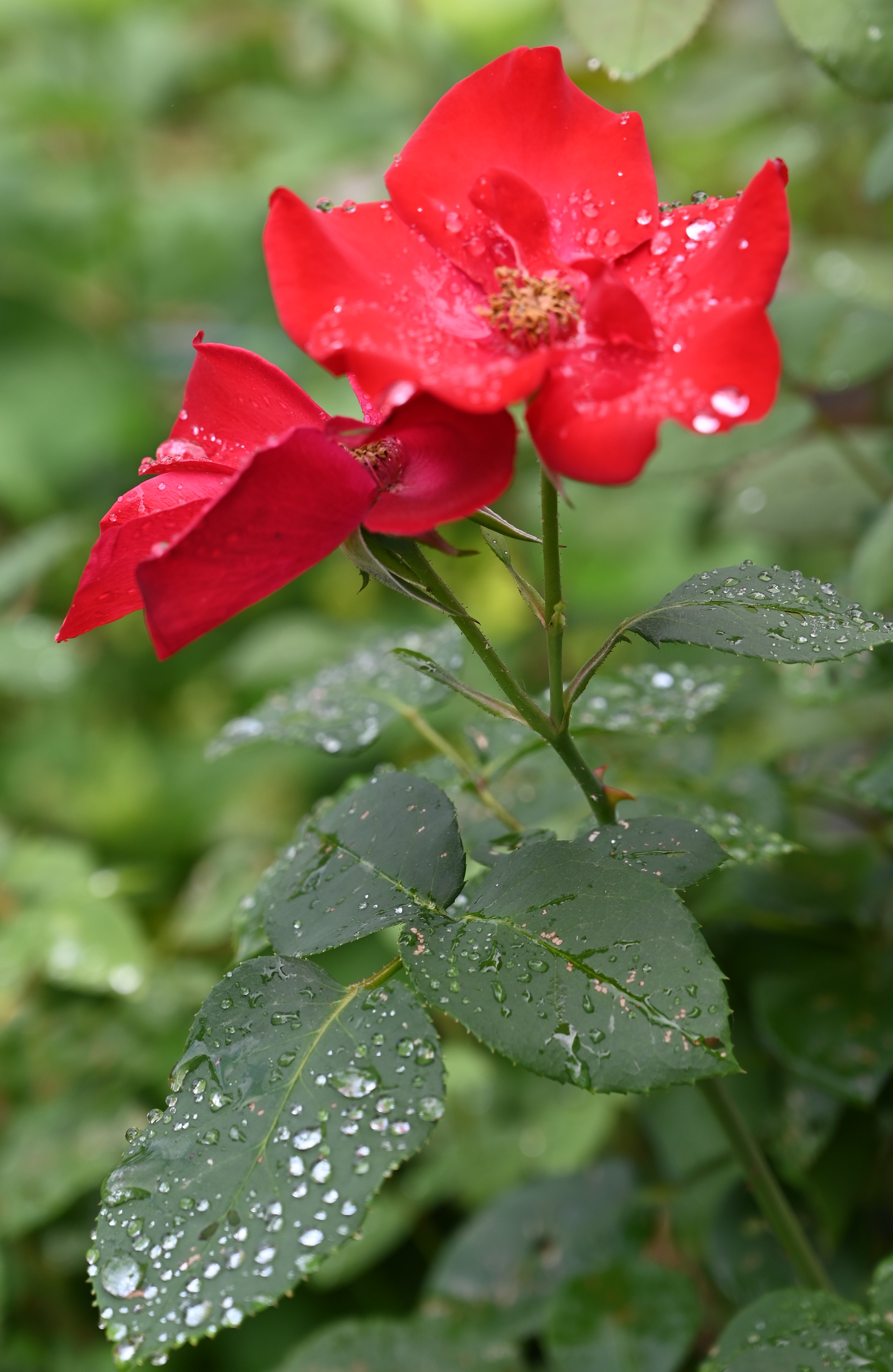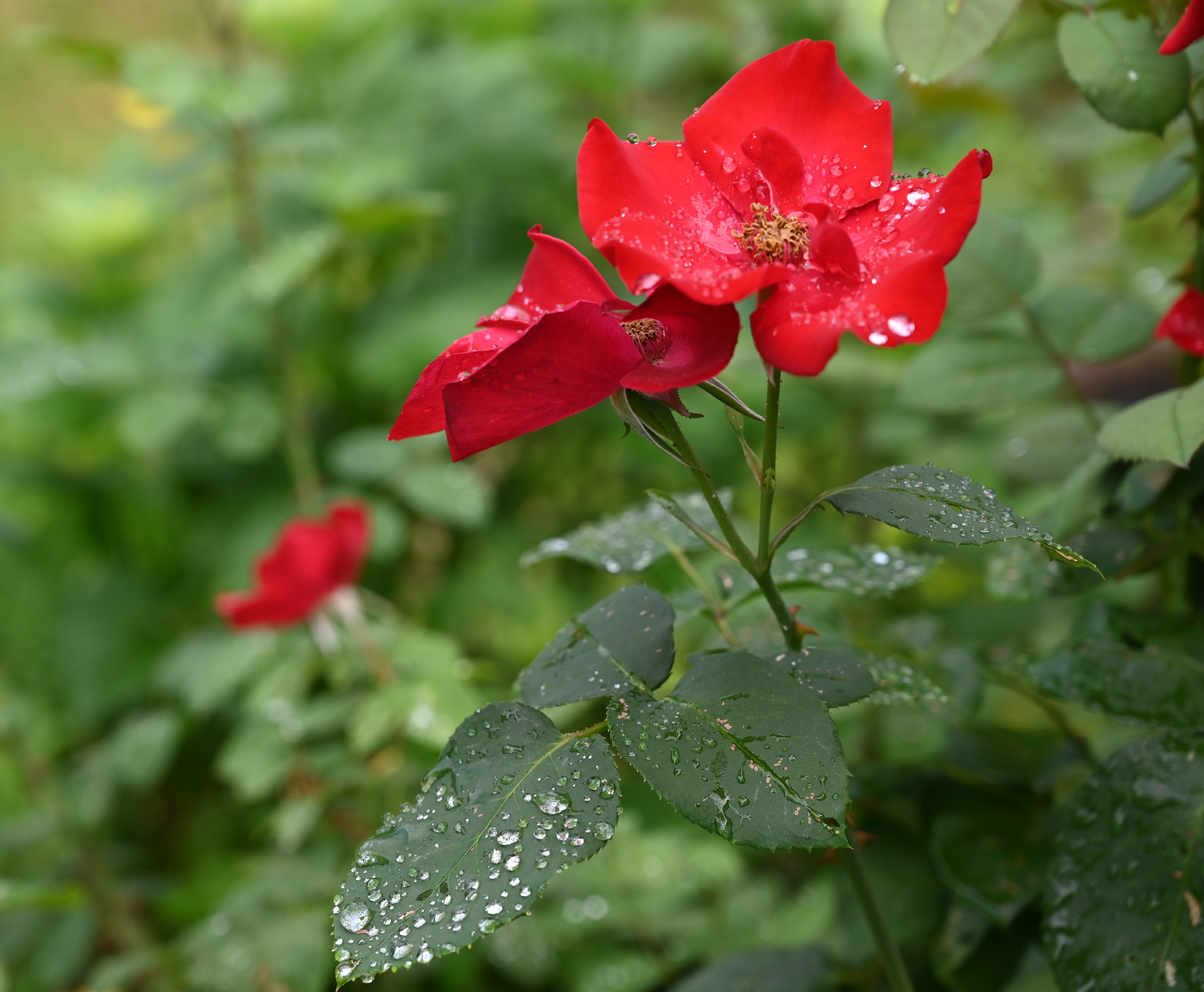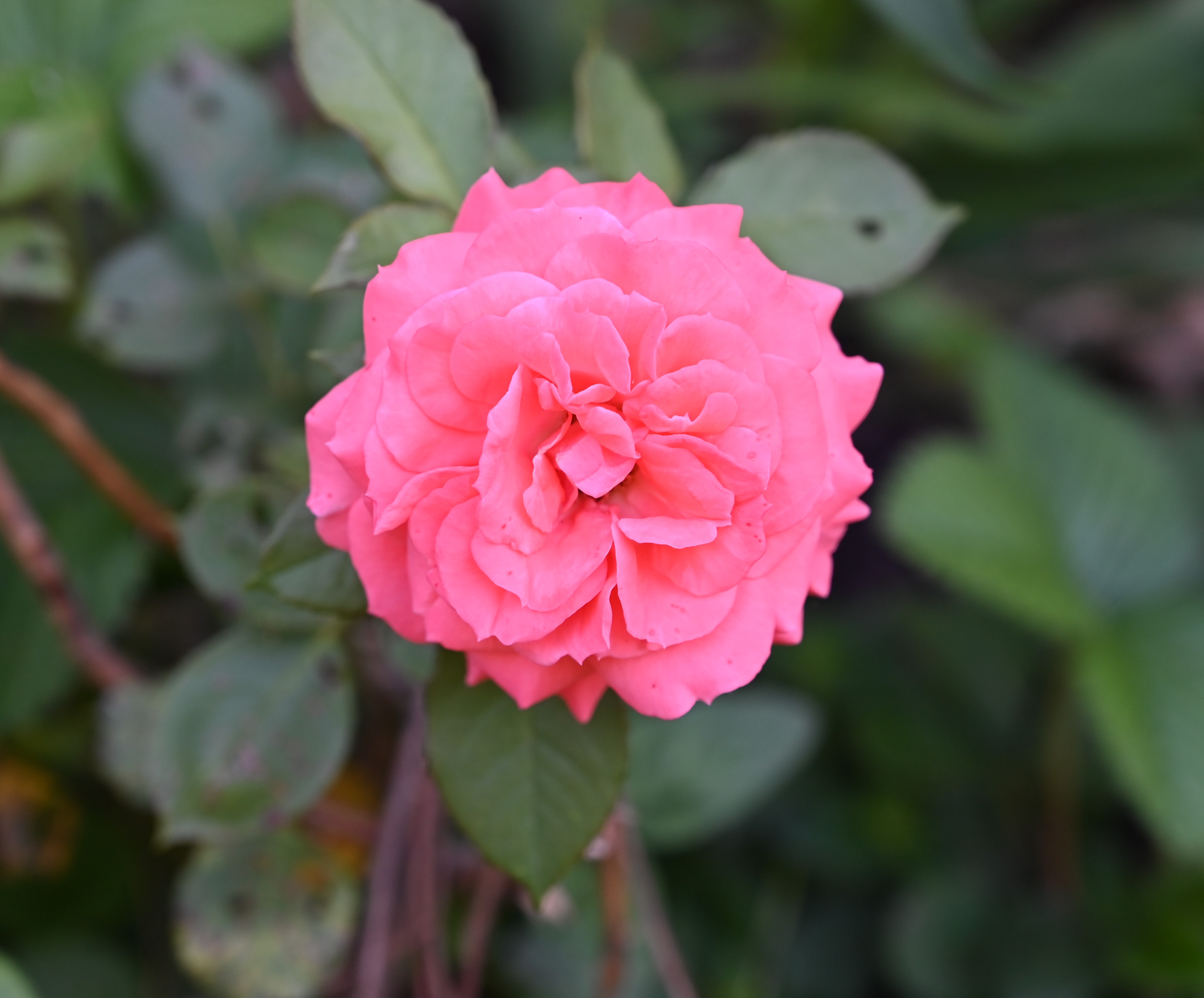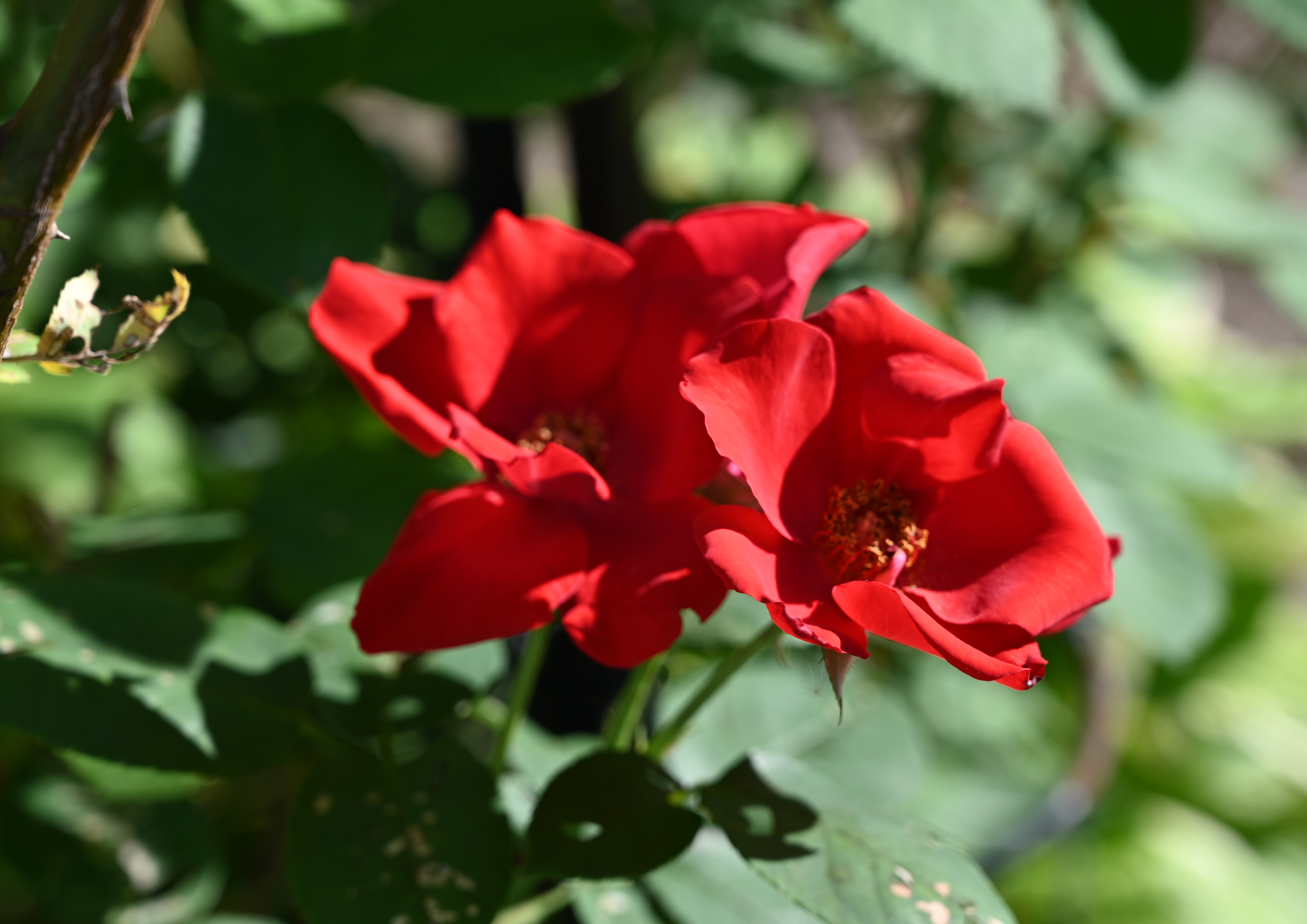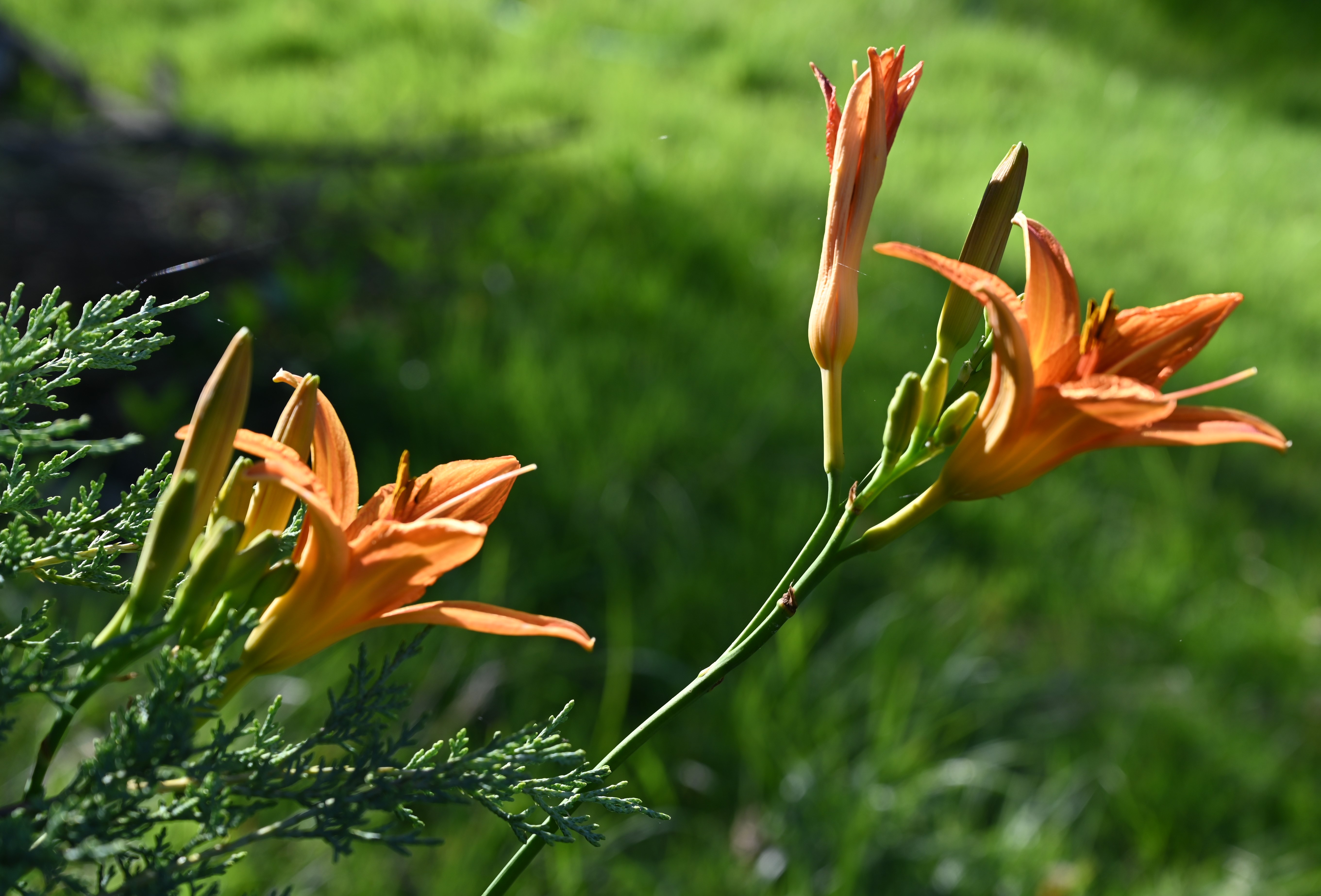Permaculture Gardening as Zen Practice
There’s something about gardening that is conducive to the spiritual life. Regardless of one’s faith tradition, spiritually inclined people have been gardening as long as there have been spiritually inclined people. Part of this is practical (a day without working is a day without eating), but on a deeper level, cultivating a garden is much like the cultivation we engage in during our Zen practice.
When I moved to southern Illinois eight years ago, I was fortunate to find a home with two acres to work with. The previous owner kept the front yard in empty lawn, and the back yard (which sloped down to a lake) in woods. So it was largely a blank slate.
I have always been intrigued by the concept of permaculture. To quote the founder of permaculture, Bill Mollison, it is an approach to land management that adopts arrangements observed in flourishing natural ecosystems. It includes a set of design principles derived using whole systems thinking. YouTube is full of videos on permaculture in case you wish to learn more.
One of the biggest challenges with practicing permaculture in a suburban setting is that neighbors and local zoning ordinances are geared towards the 1950’s mowed lawn and picket fence look. Not everyone appreciates the appearance of tomatoes and cucumbers in the front yard and the sound of chickens in the morning. To keep up appearances, I planted 50 feet of ornamental trees and bushes in the front of the lawn, then placed my fenced-in annual garden (tomatoes, cucumbers, peppers) behind that. To further ”screen” the annual garden, I put a row of hibiscus (courtesy of the Zen Center) in front of the fence. As the picture below shows, it is easy to tell where the property line is between my neighbor’s and my yards.
The southeast of the property slopes down, which makes it unsuitable to tillage, but perfect for fruit trees. I planted about 25 apple, plum, peach and pear trees here. The trees are thriving and make for a beautiful orchard effect. Unfortunately, since I don’t use insecticides the bugs get the better part of the harvest. I’m hoping that in a few years the pest and the predator insects will reach a balance. Until then, the squirrels and deer are eating good as well.
Next to the orchard is the greenhouse, which is essential for getting an early start on the growing season. In the late winter and early spring, it is full of seedlings ready for planting. Now it’s summer and it sits empty.
rty I keep a flock of chickens. They are a great addition to the garden in that much of what they eat are table scraps and weeds taken from the garden. Chicken poop also makes for excellent fertilizer.
When getting chickens, two things must be kept in mind. First, someone needs to let them in and out of their coop every morning and evening. That can make vacations challenging. Further, you need a “retirement plan” for when the hens reach old age and don’t lay eggs anymore. In our case, a couple of the hens have gone from being productive farm animals to old pets.
Finally, I’ve been keeping bees at the back end of the property for several years. In the past I’ve been able to manage three hives and harvest about 12 gallons of honey a year. Unfortunately, I was hit with varroa mites and small hive beetles this year, so I’m down to only one hive. I’m hoping to do a split next spring and get back to two hives then. As gardeners say, there’s always next year.
Gassho!
Jimyo

